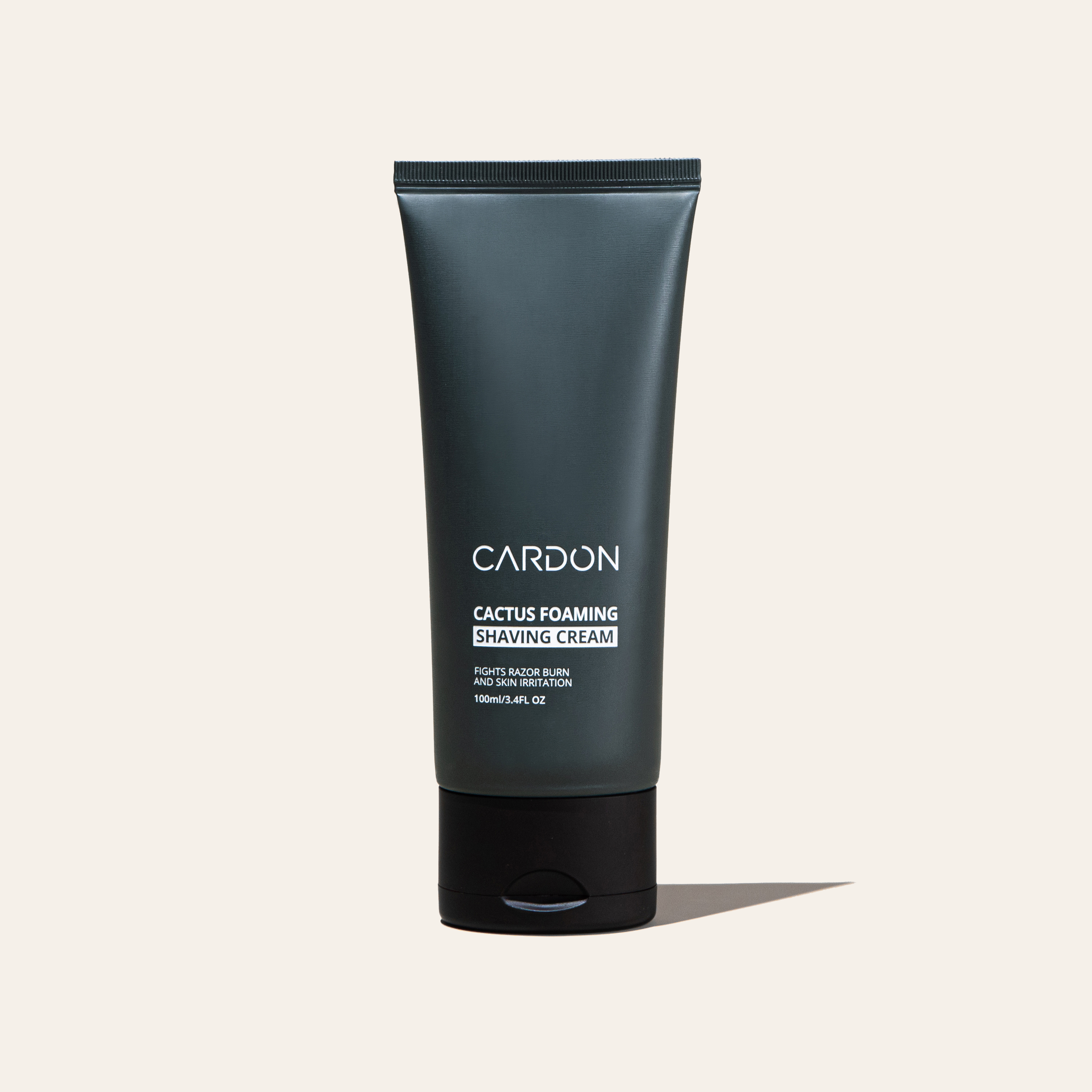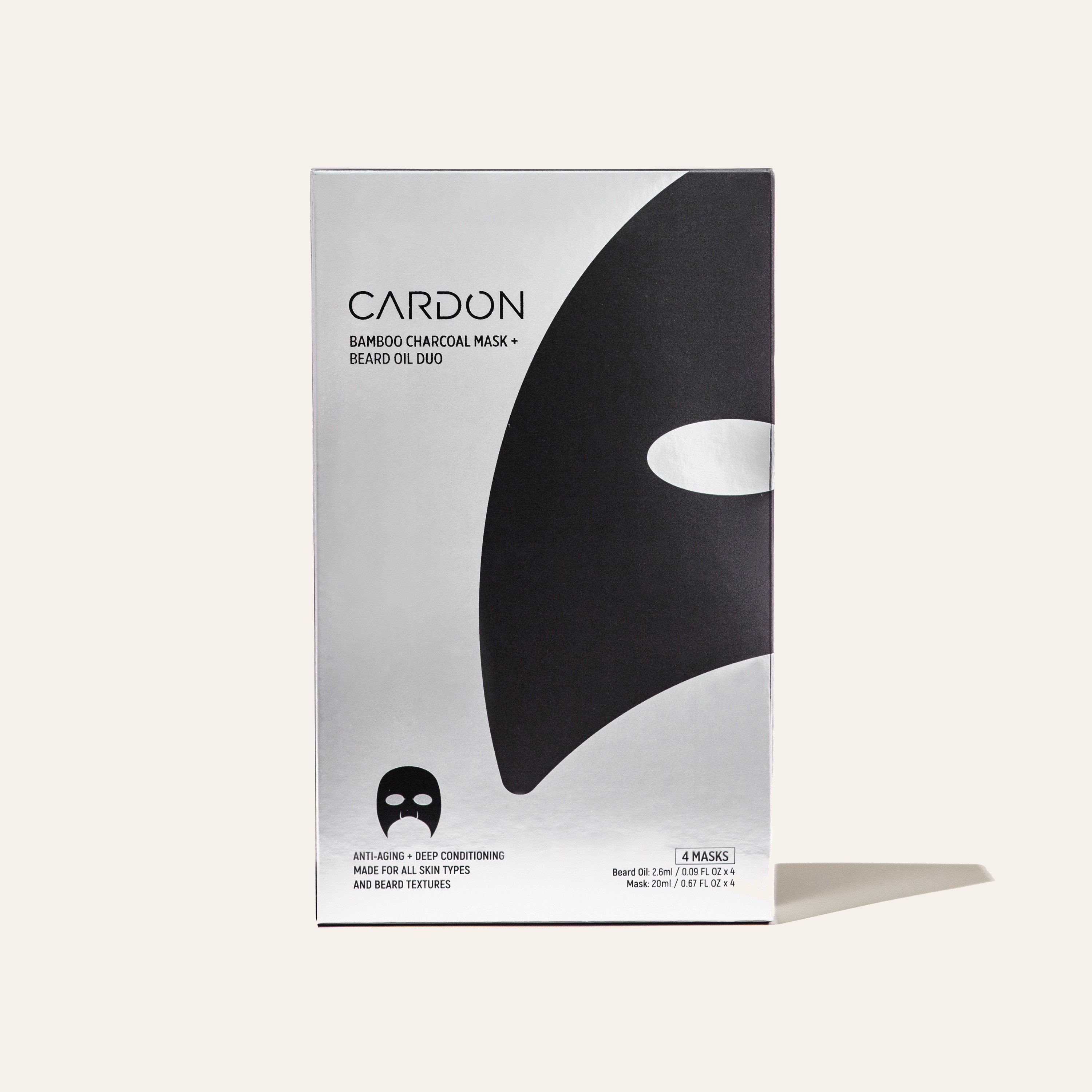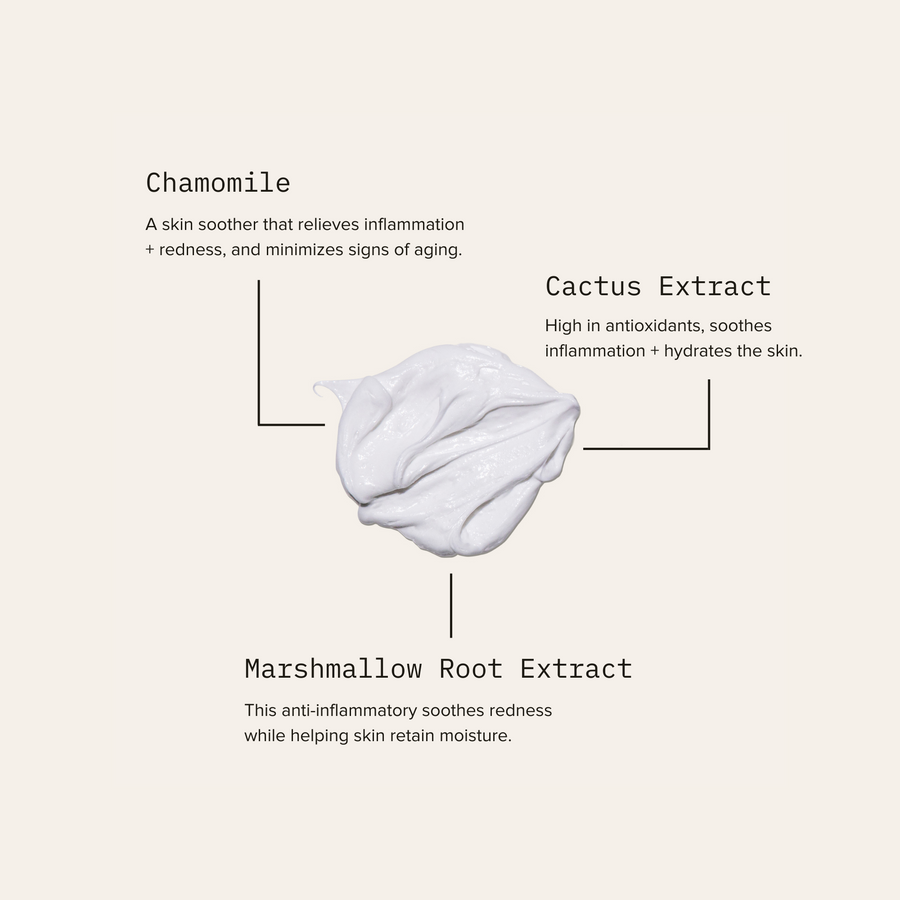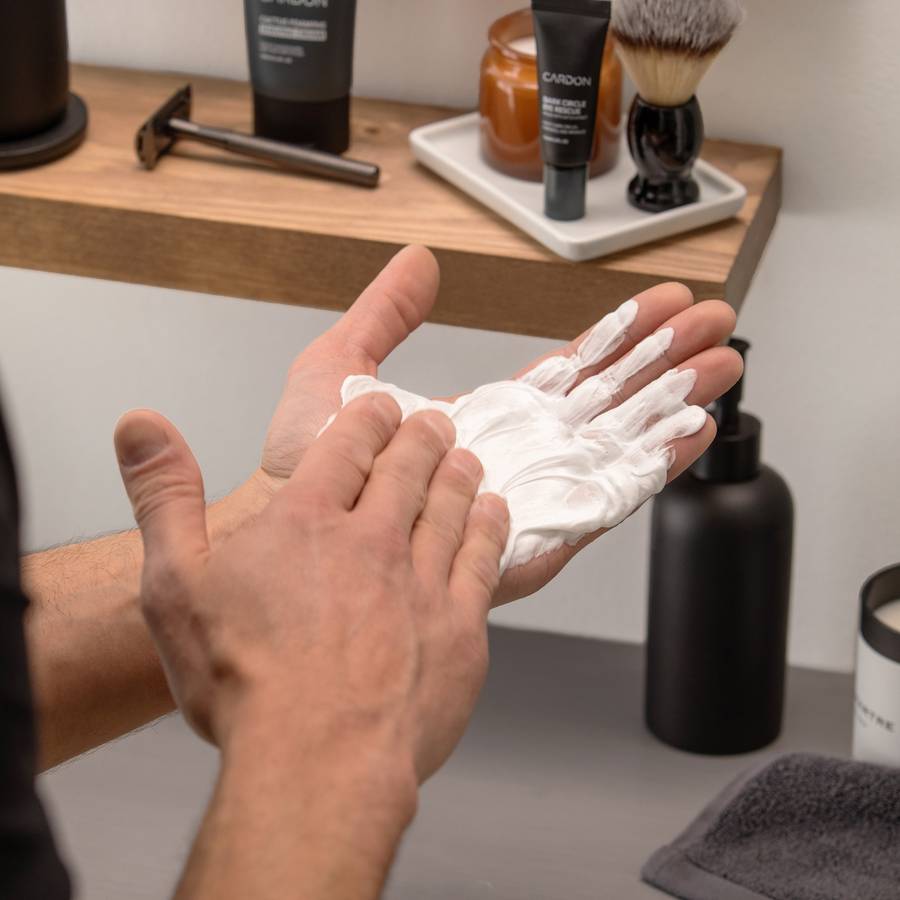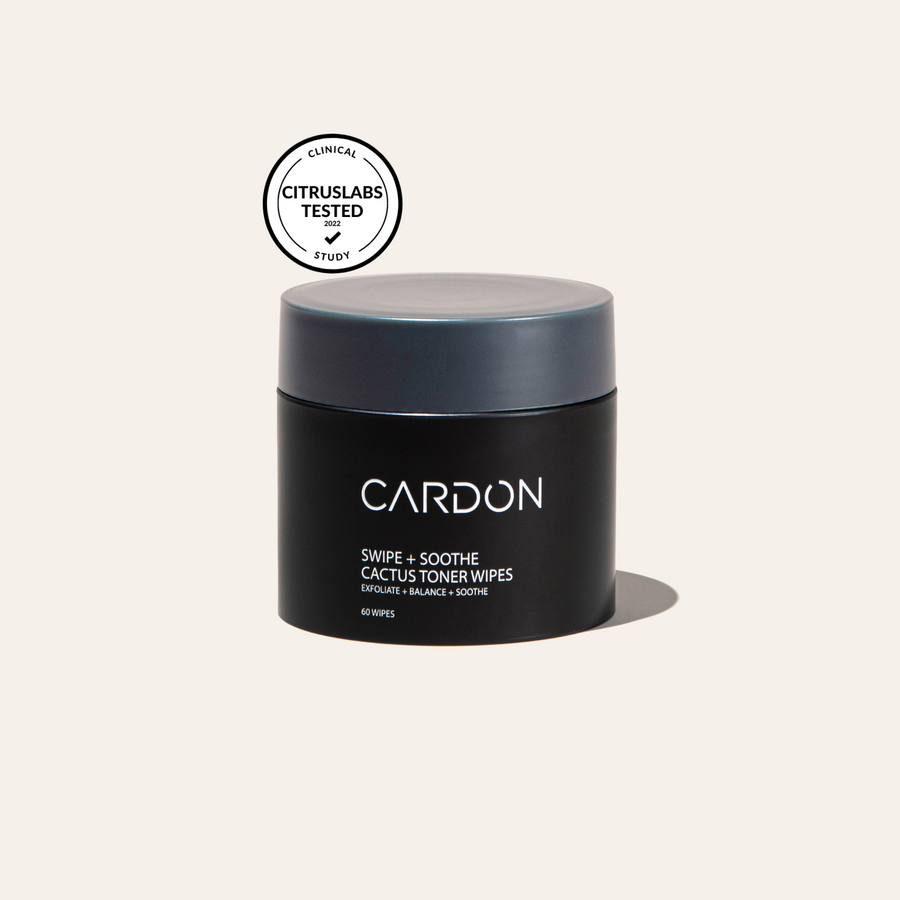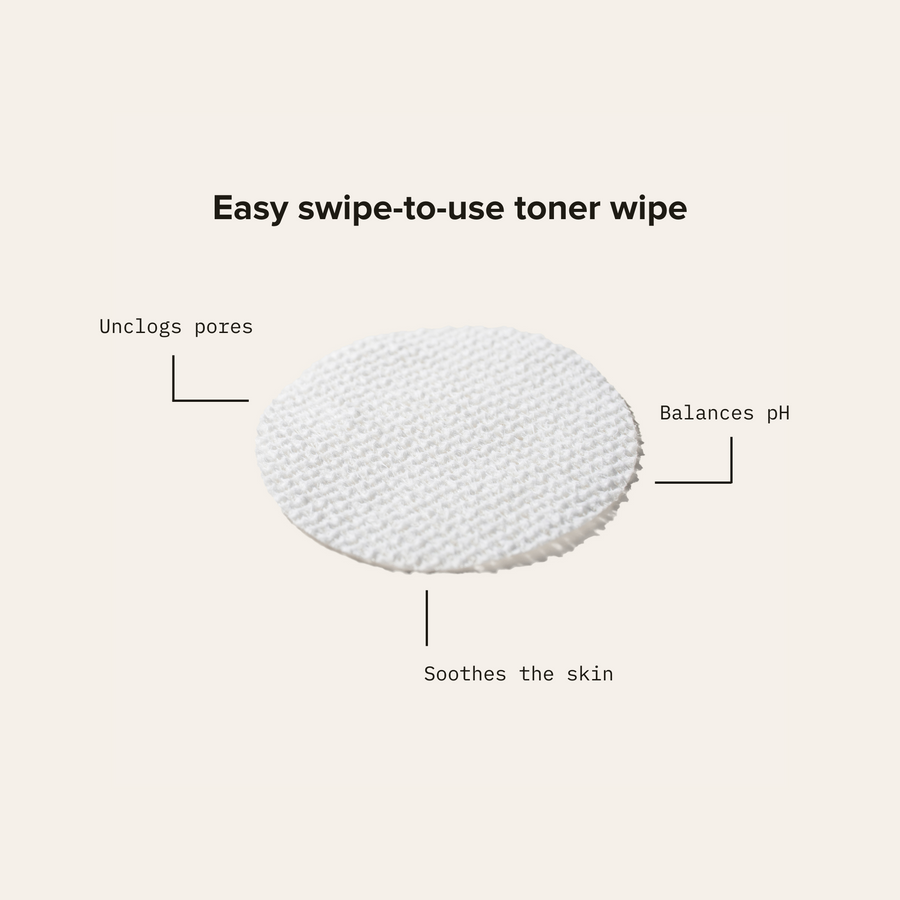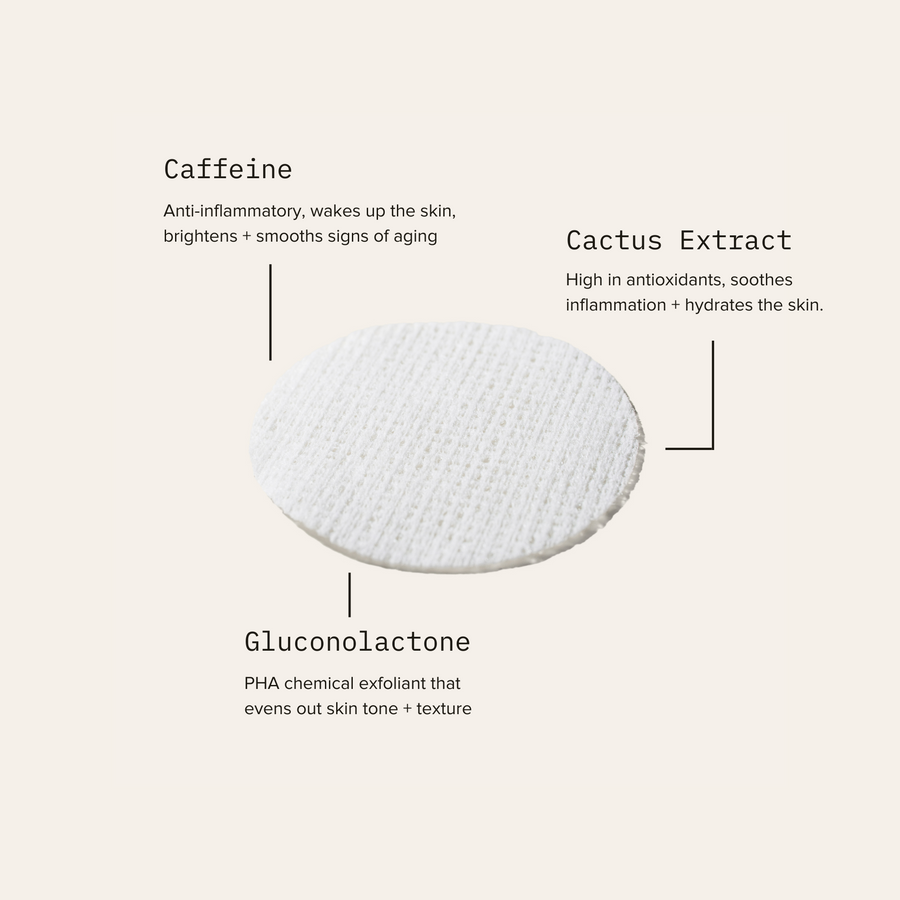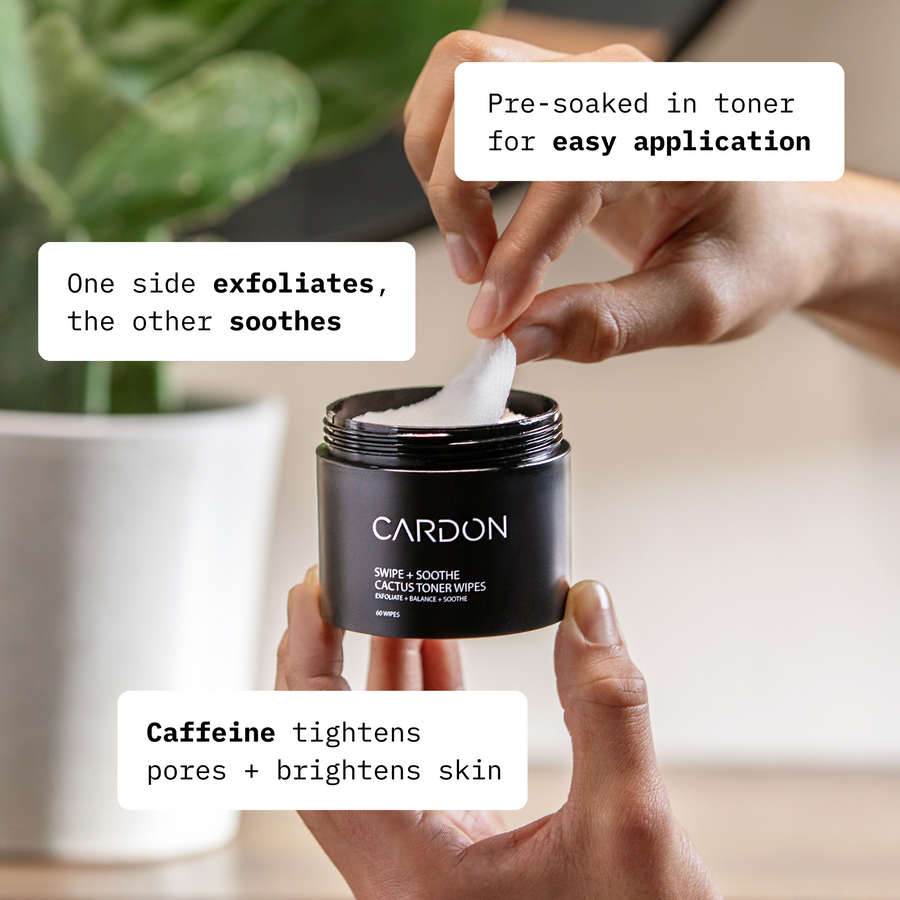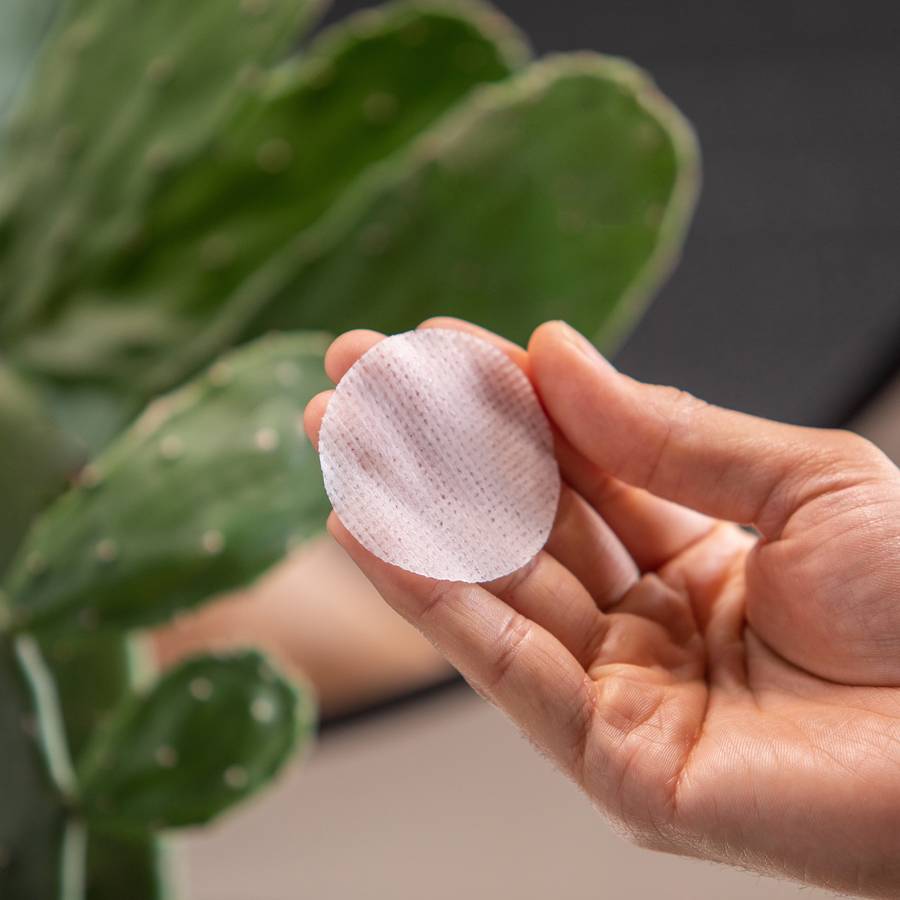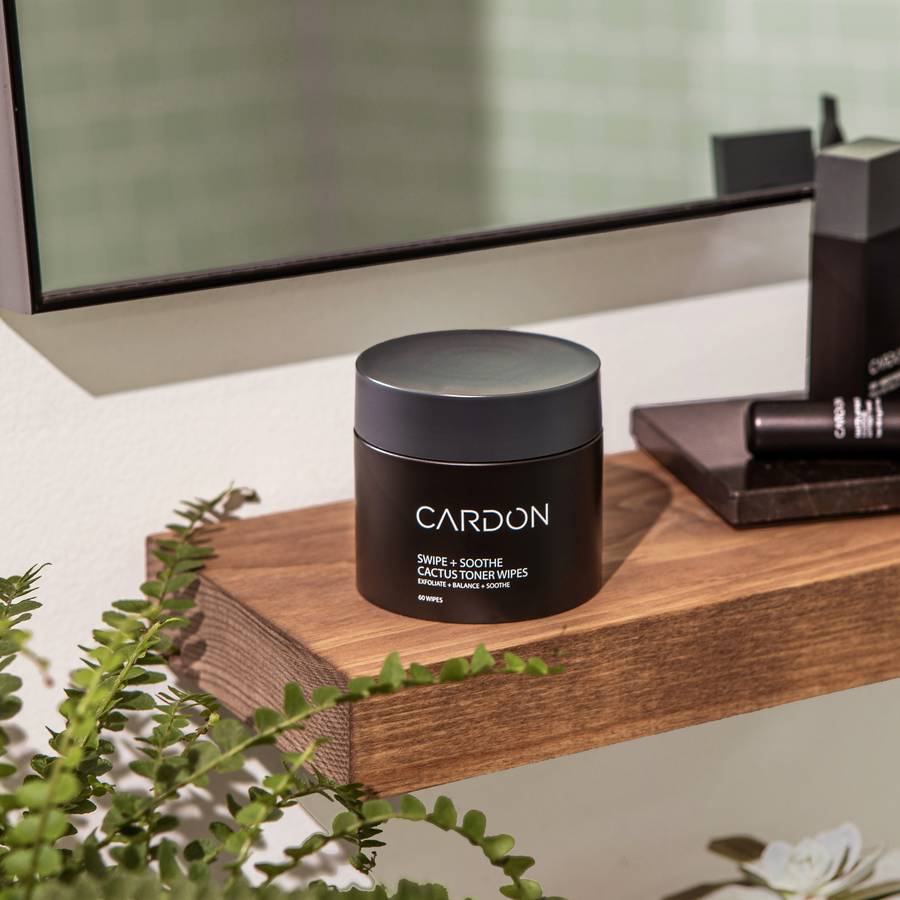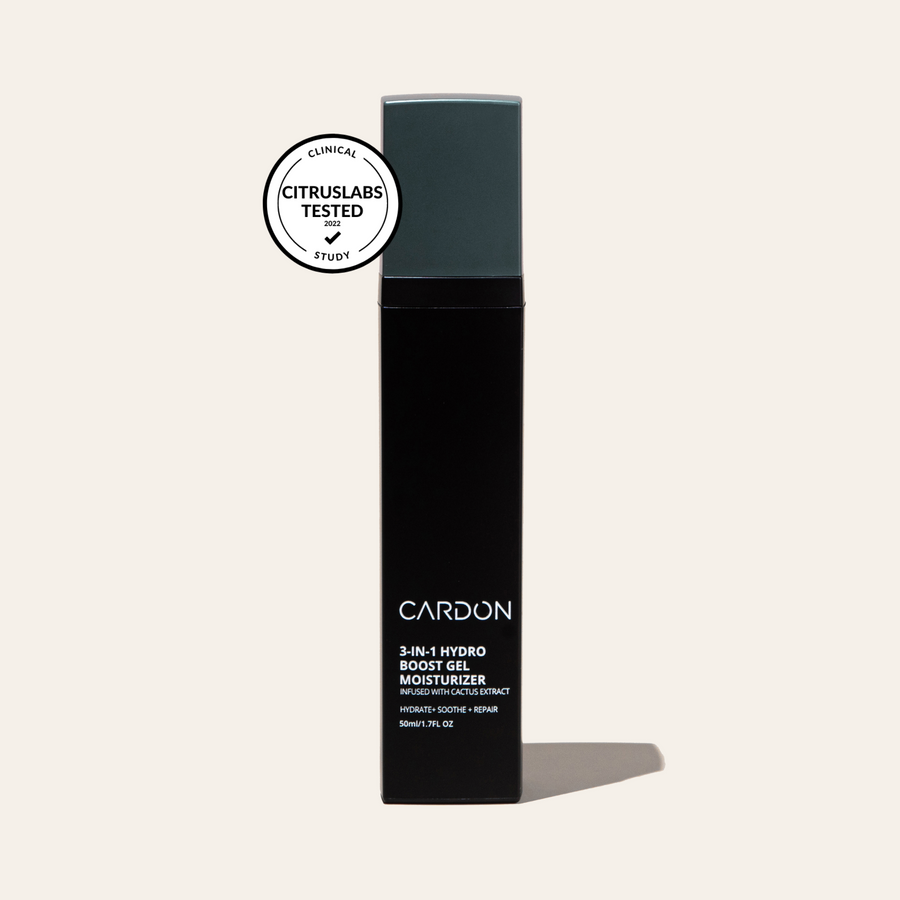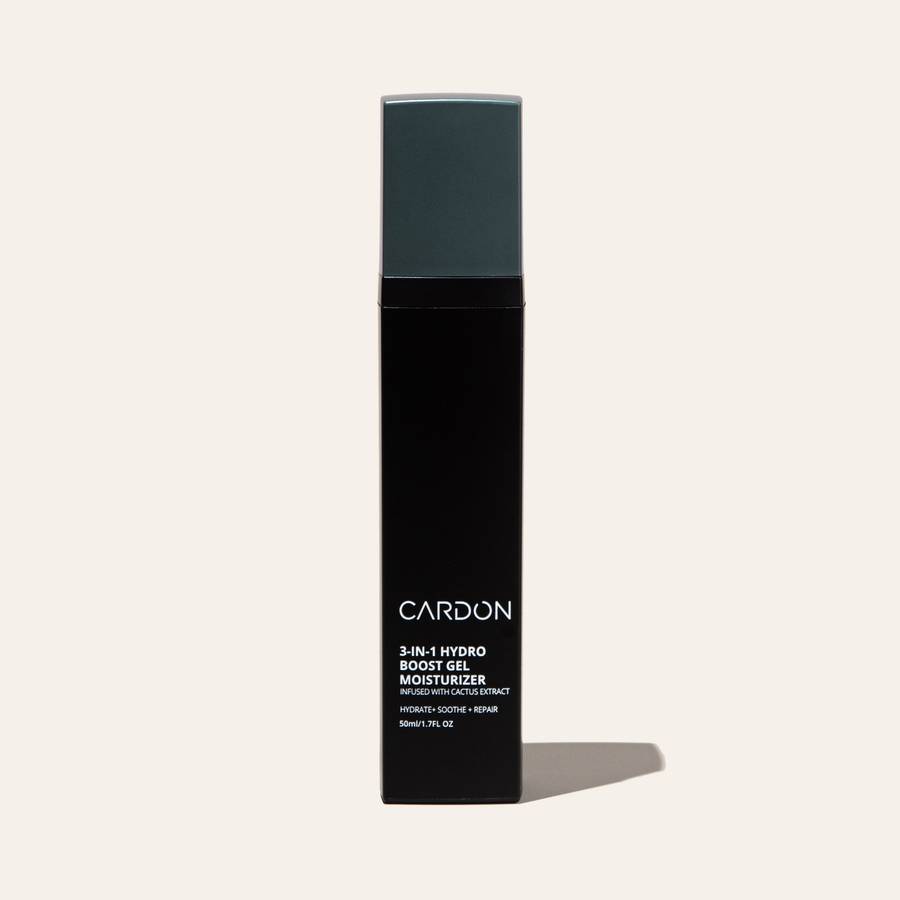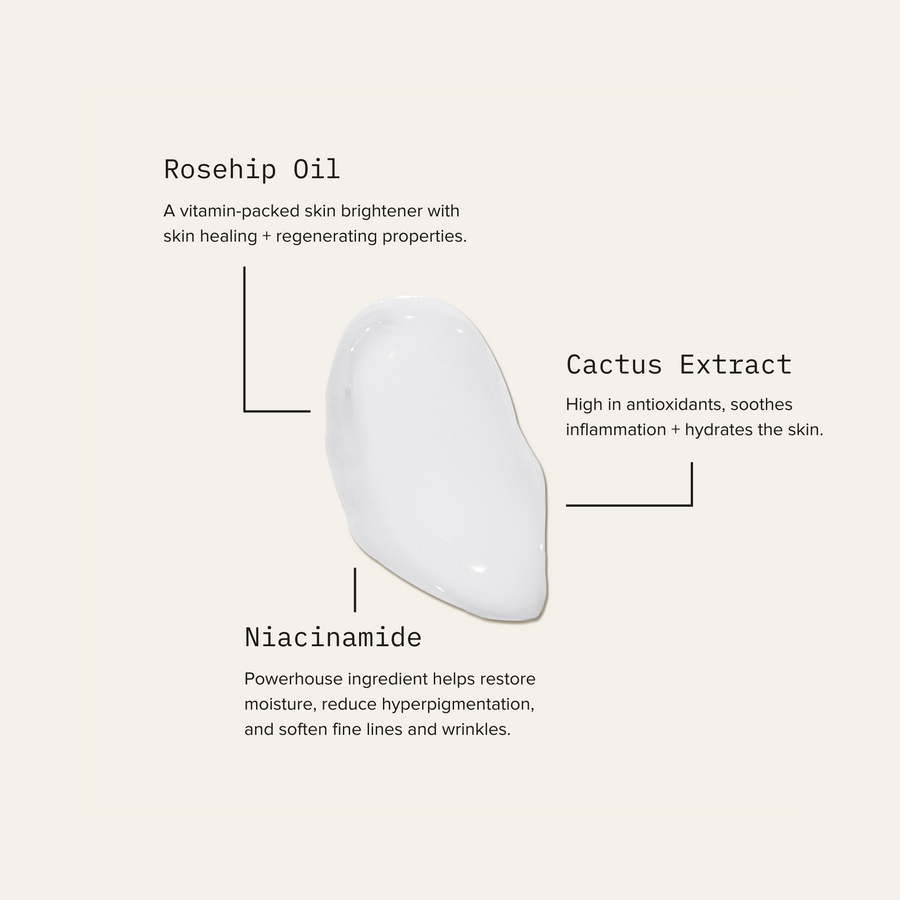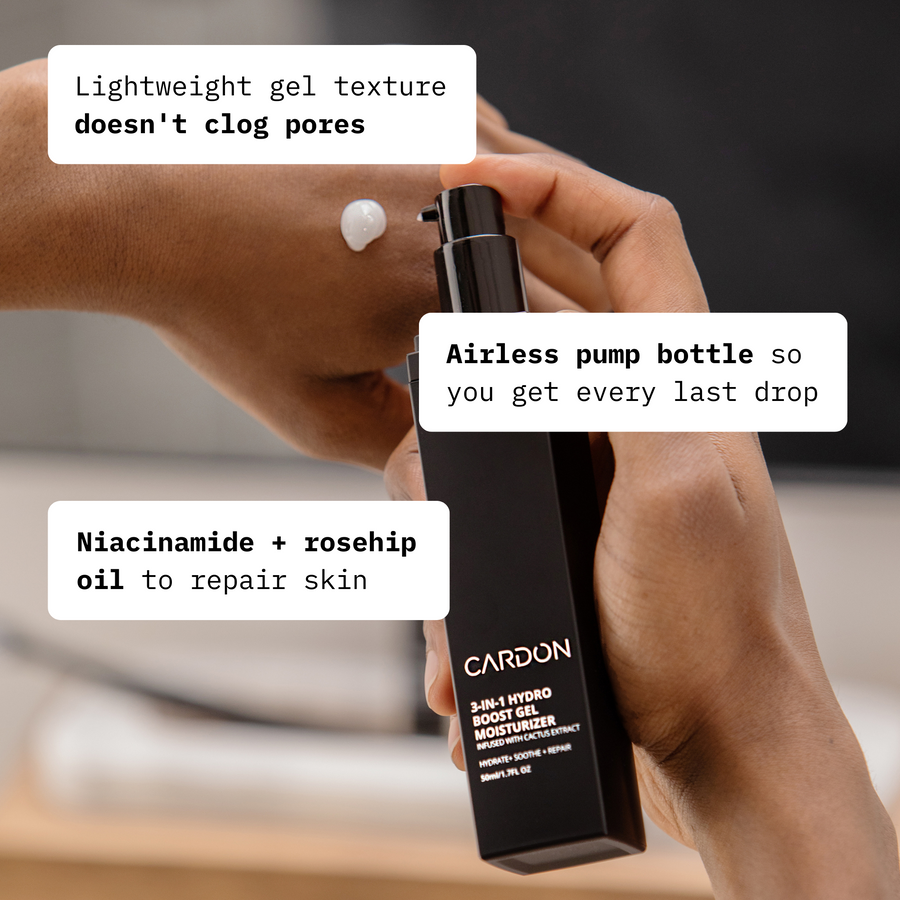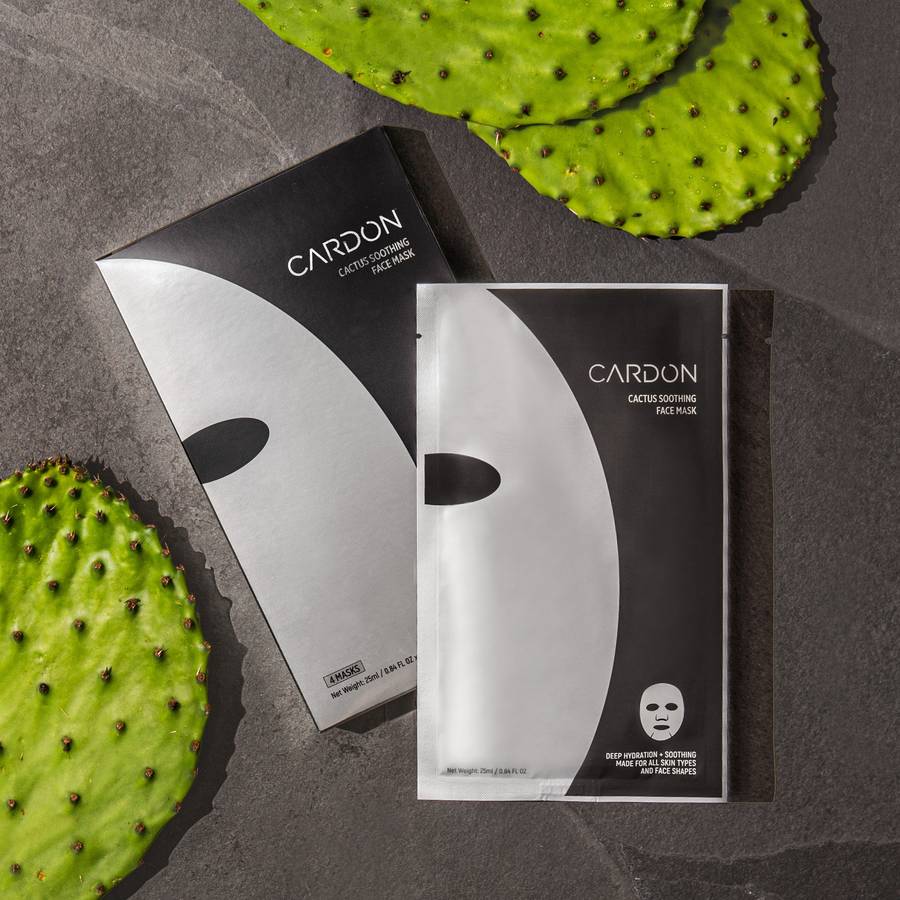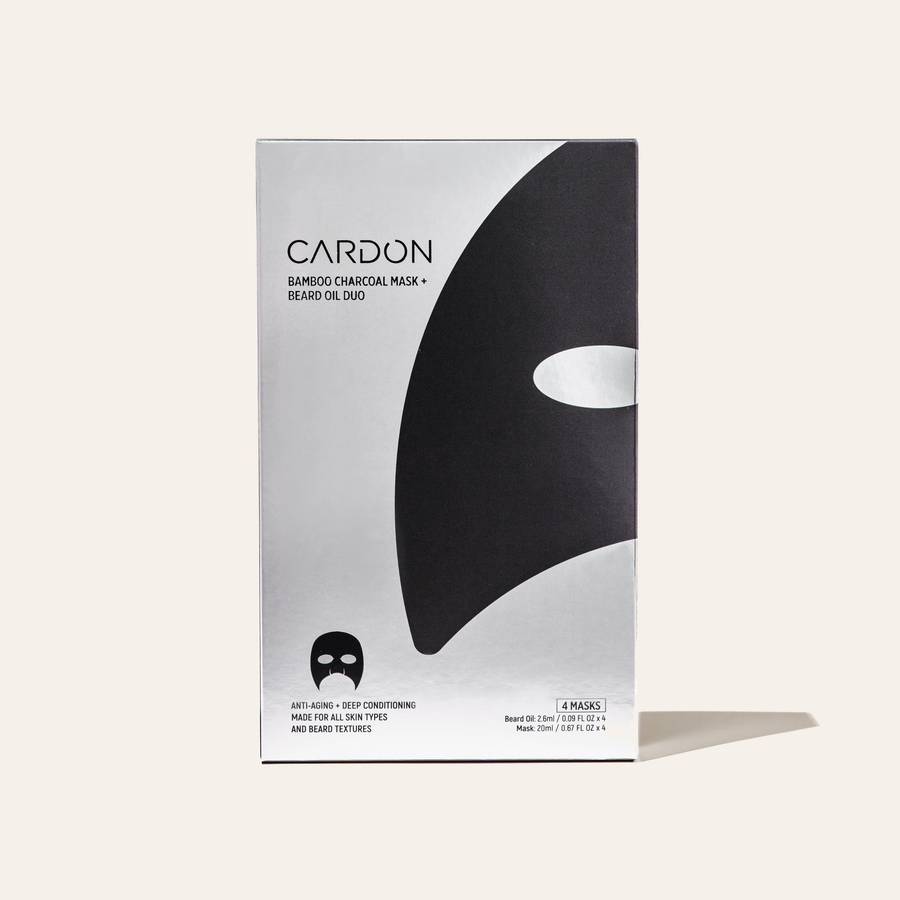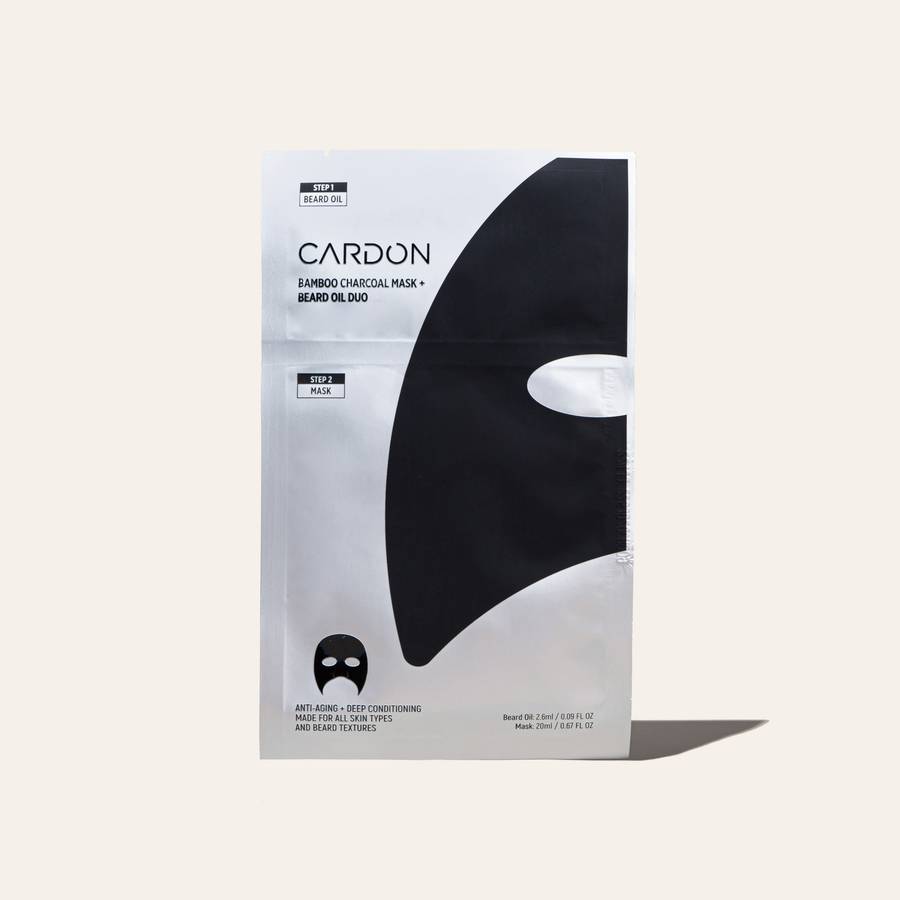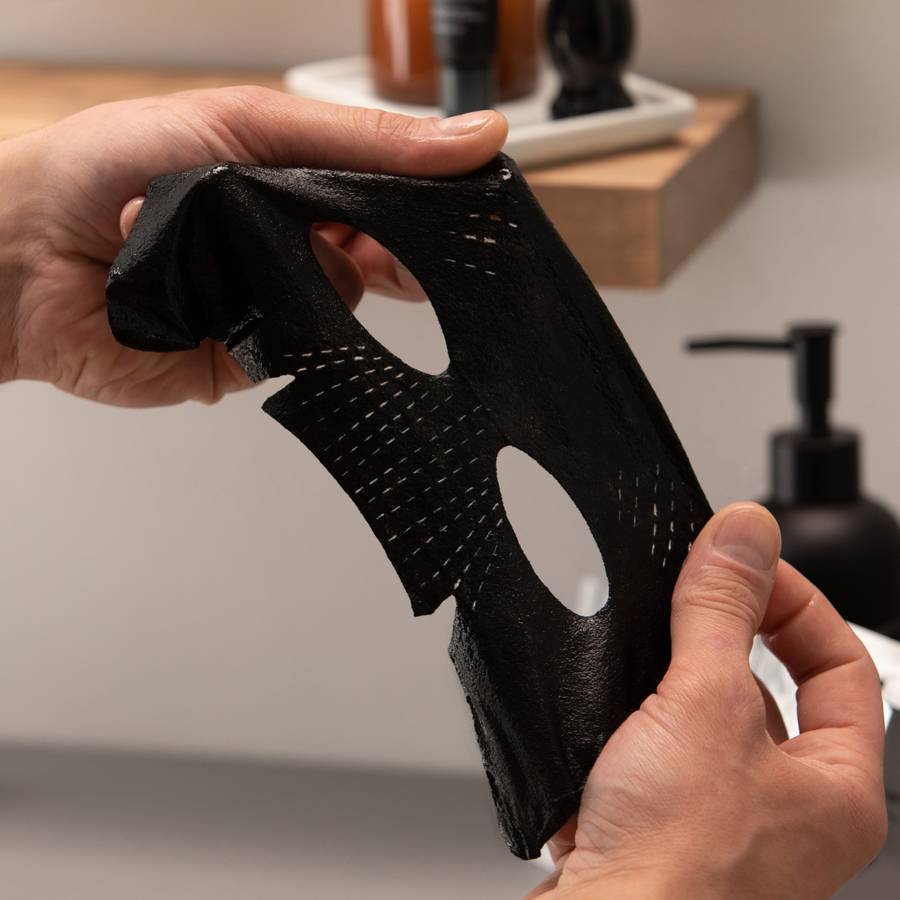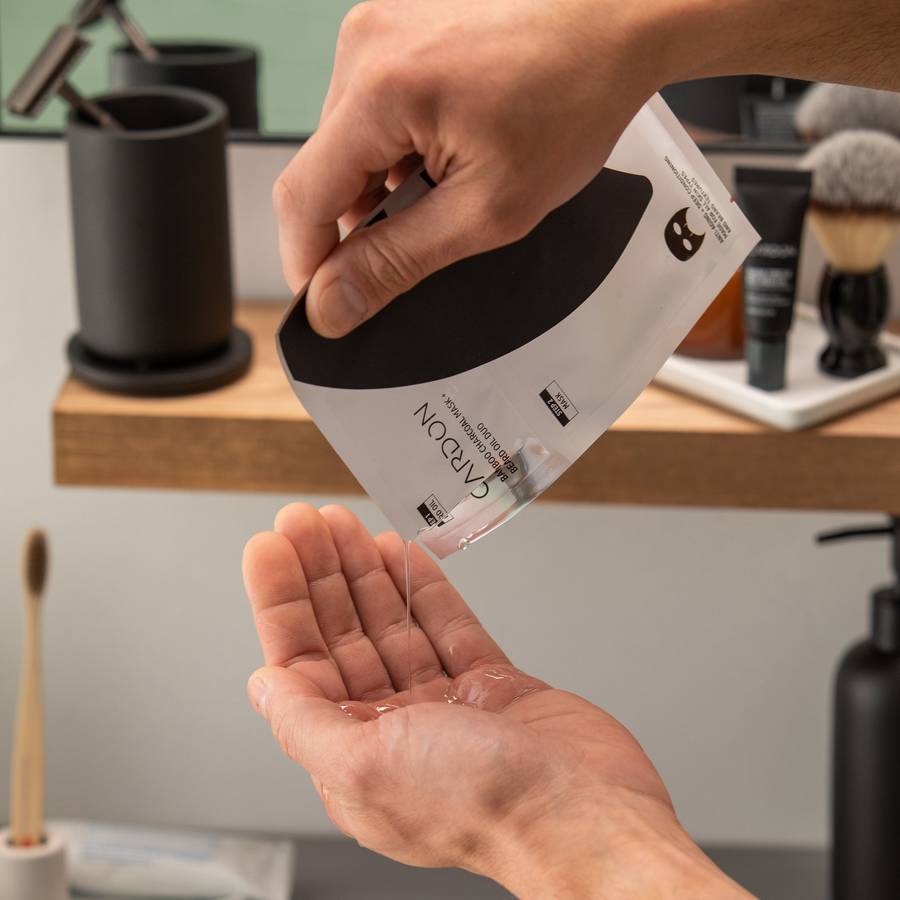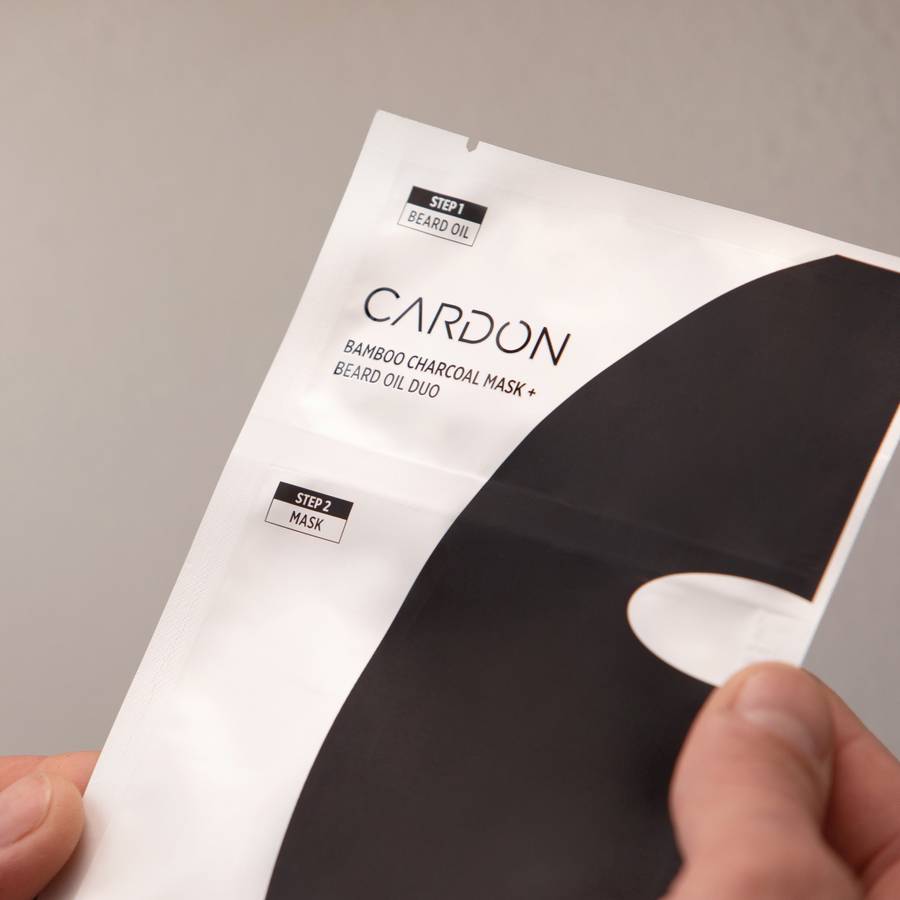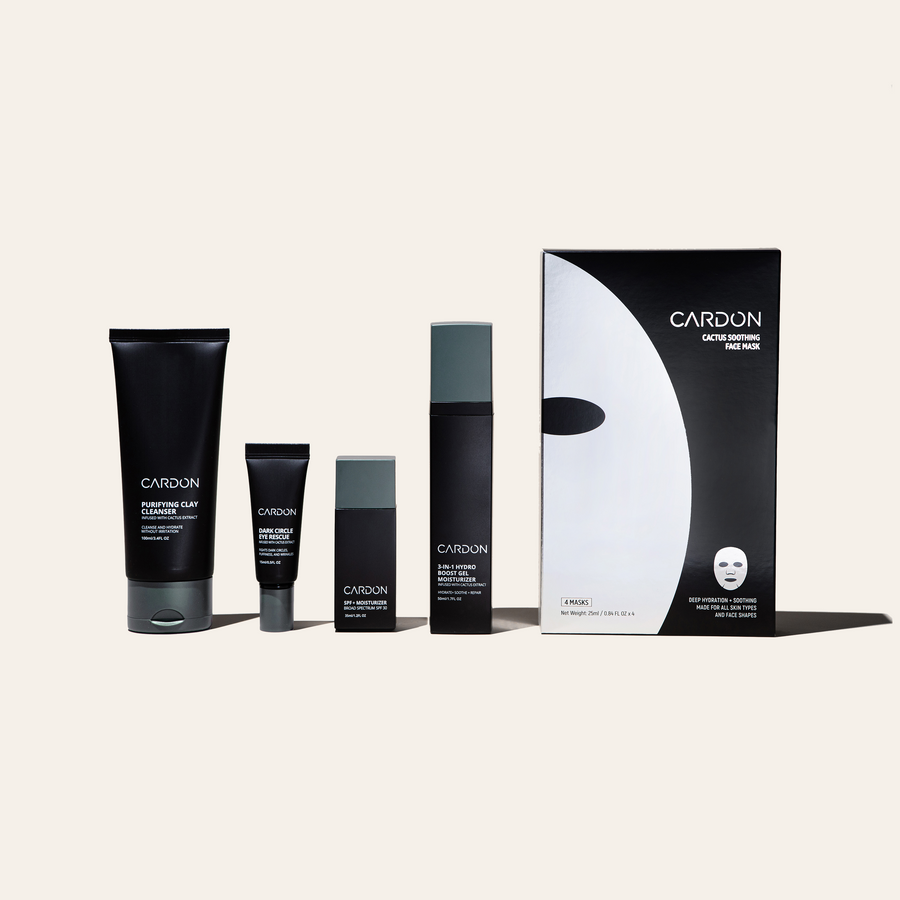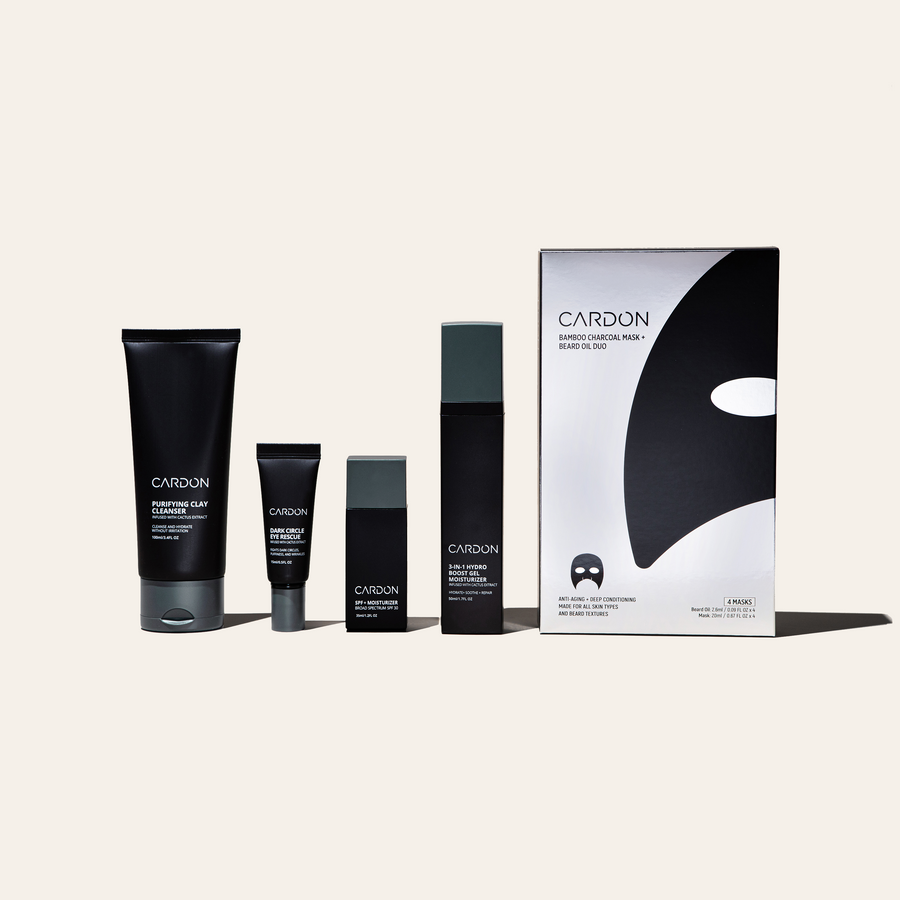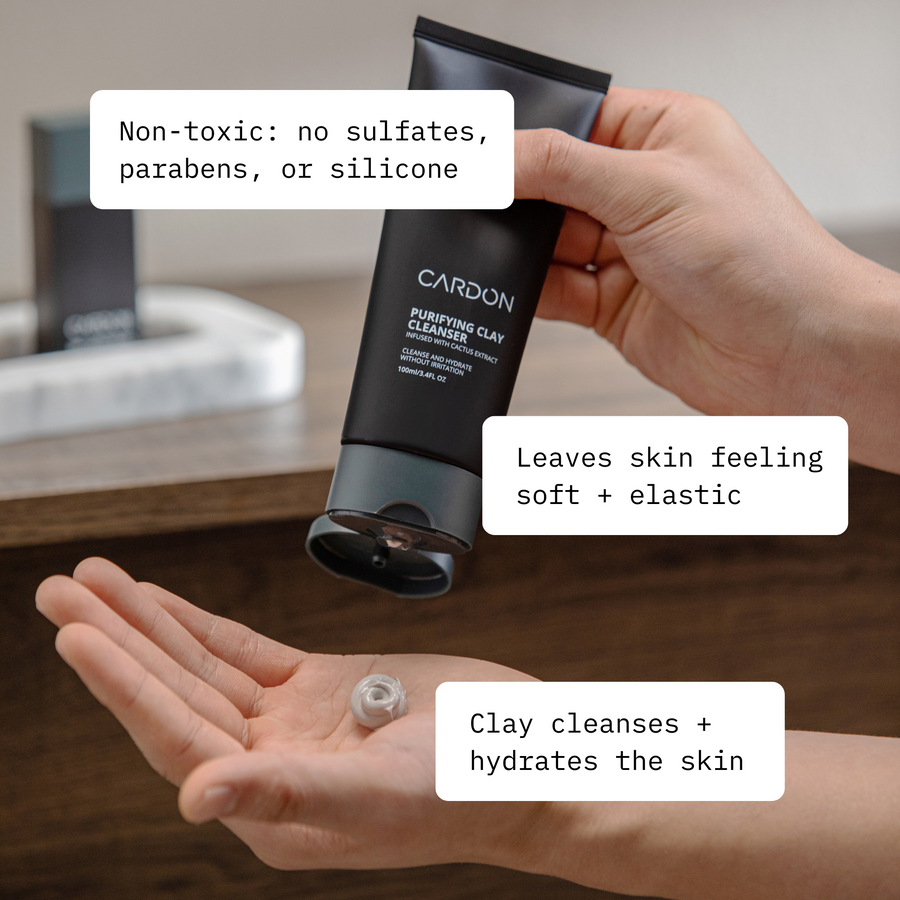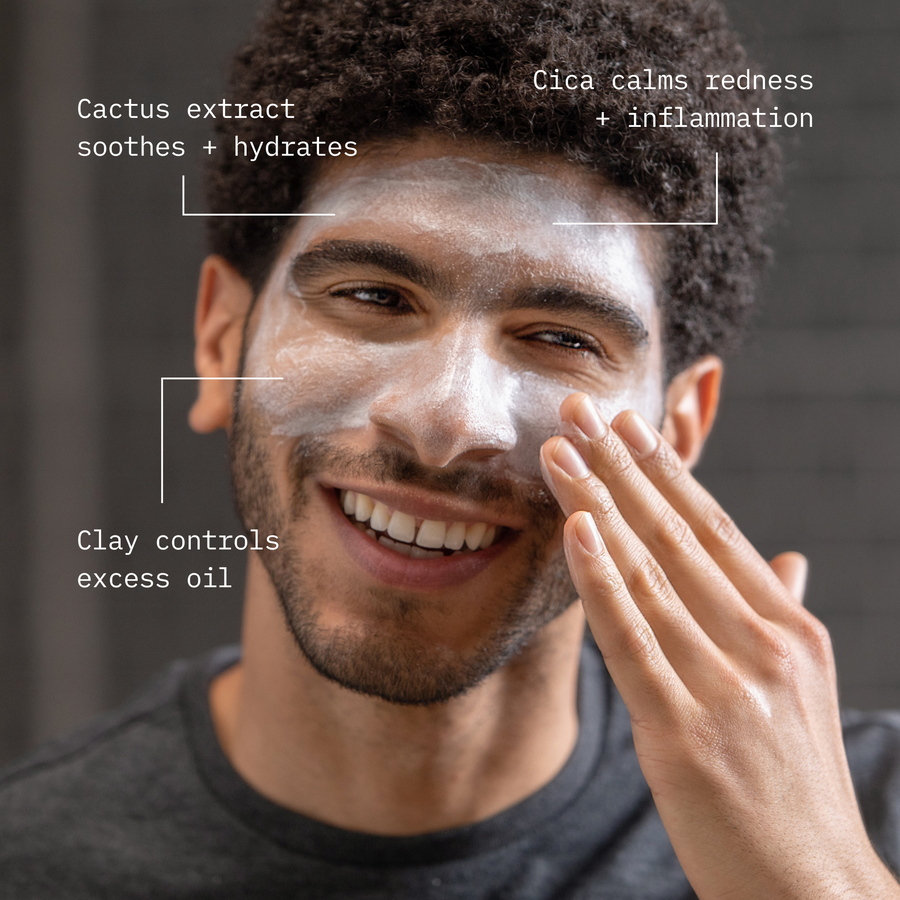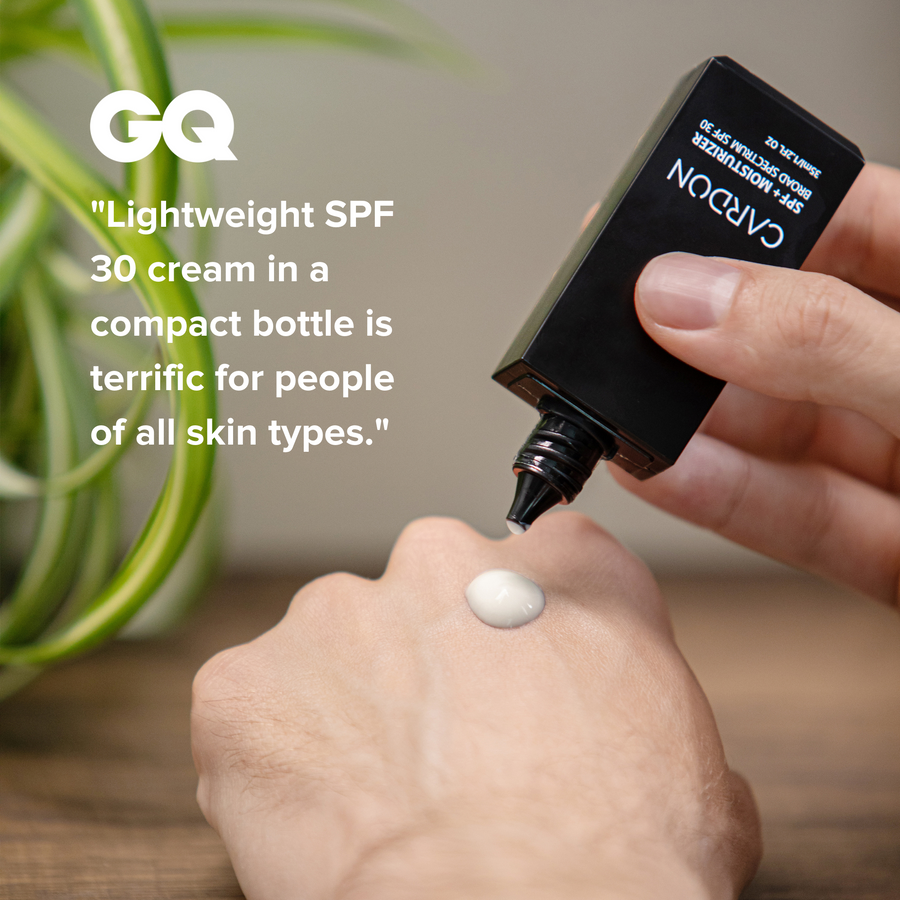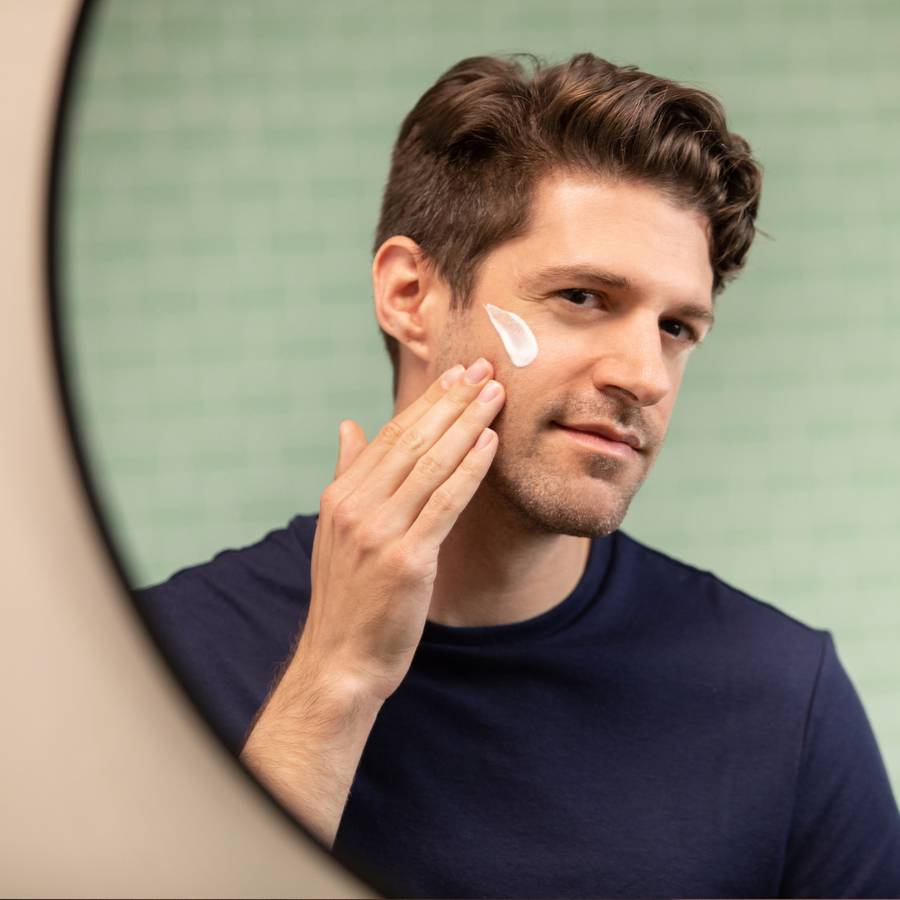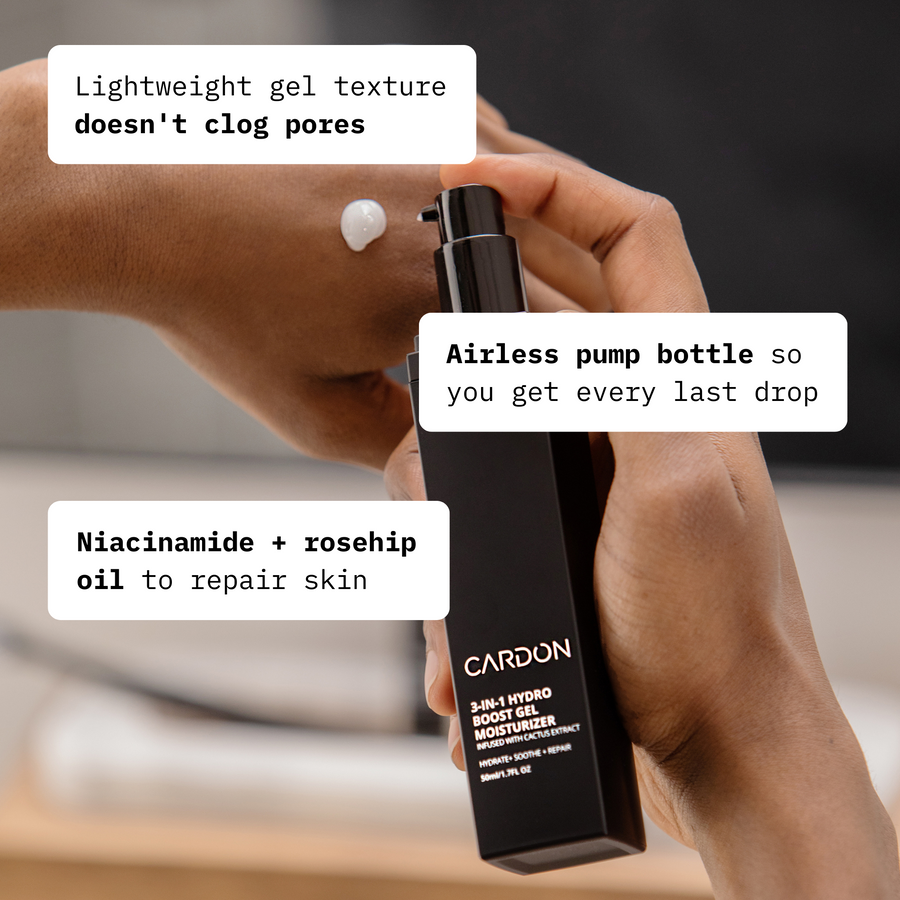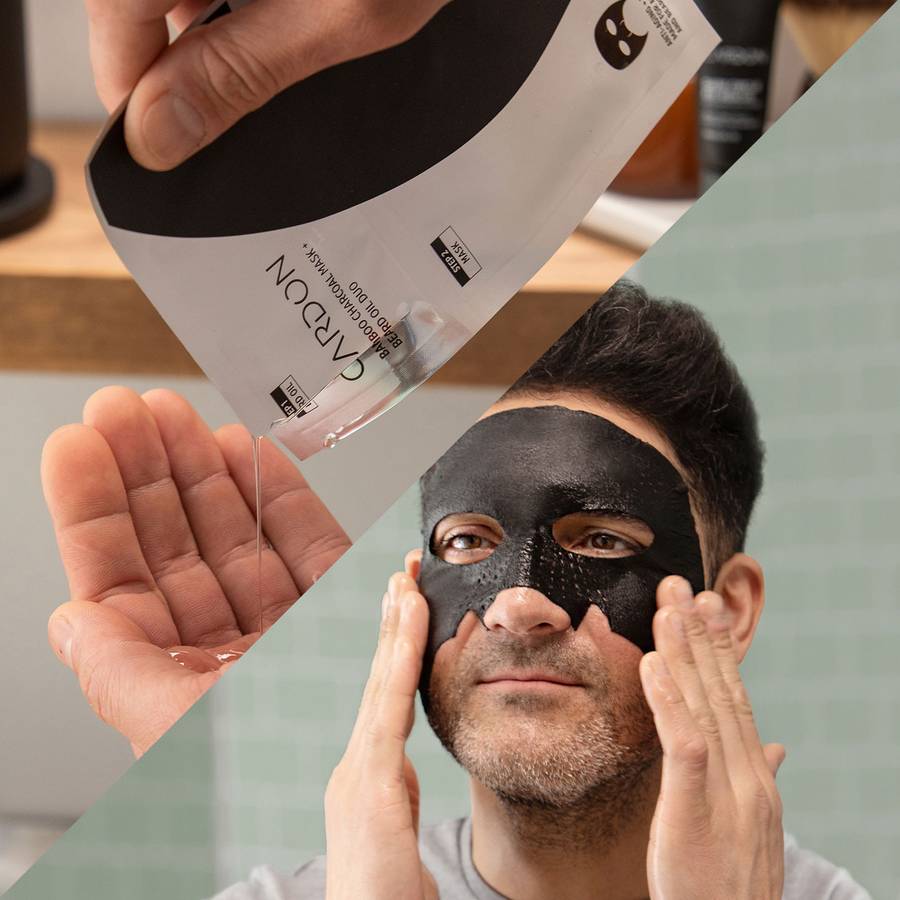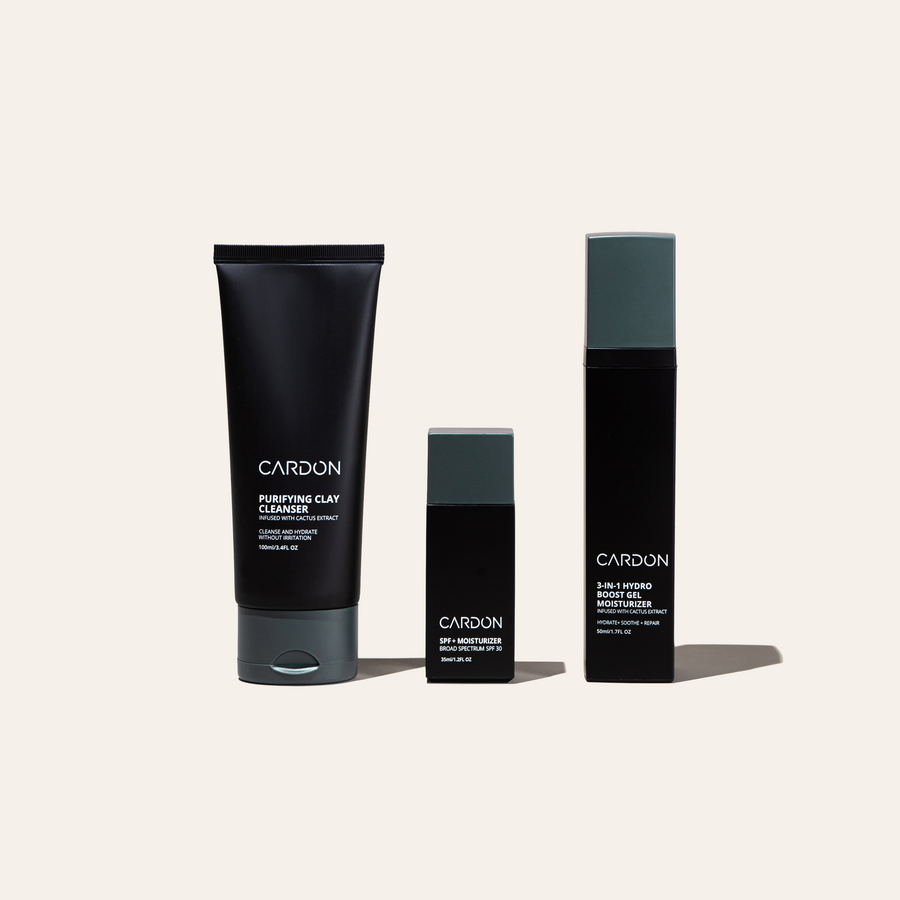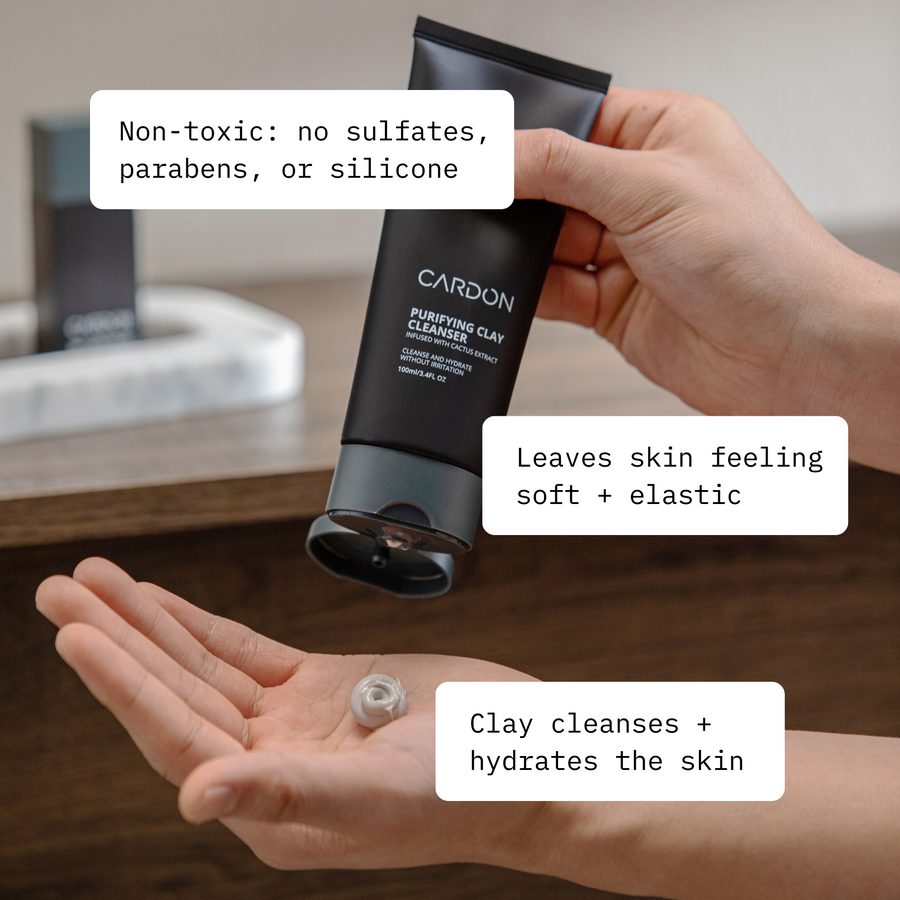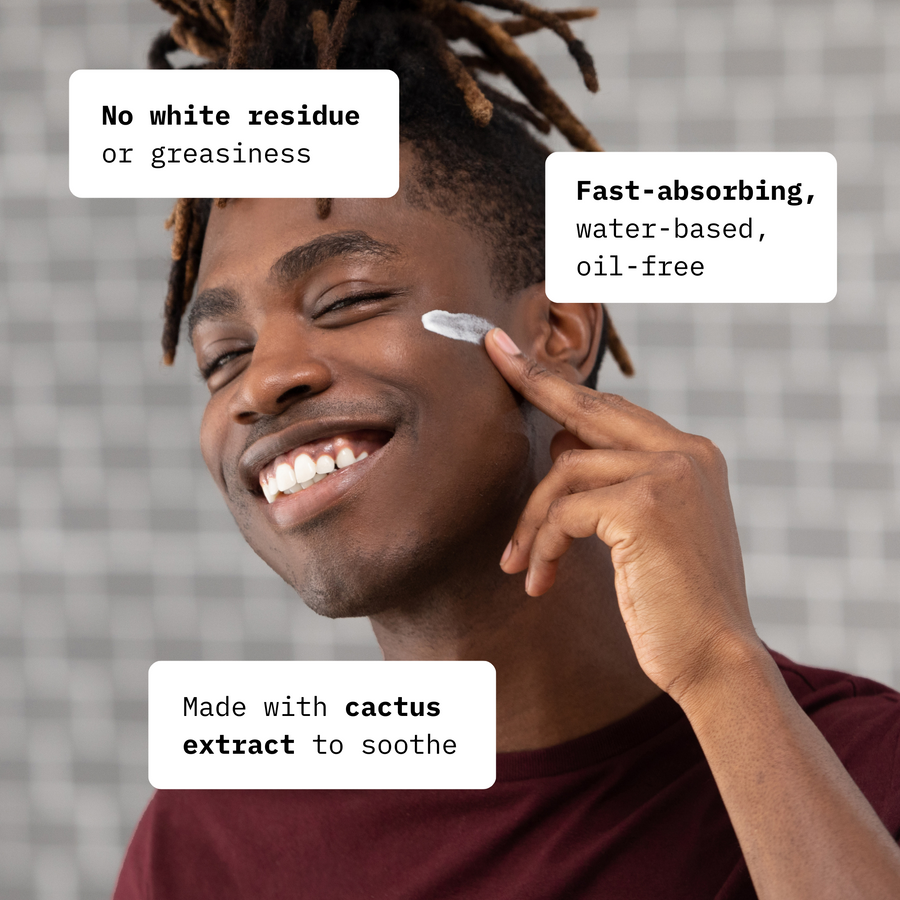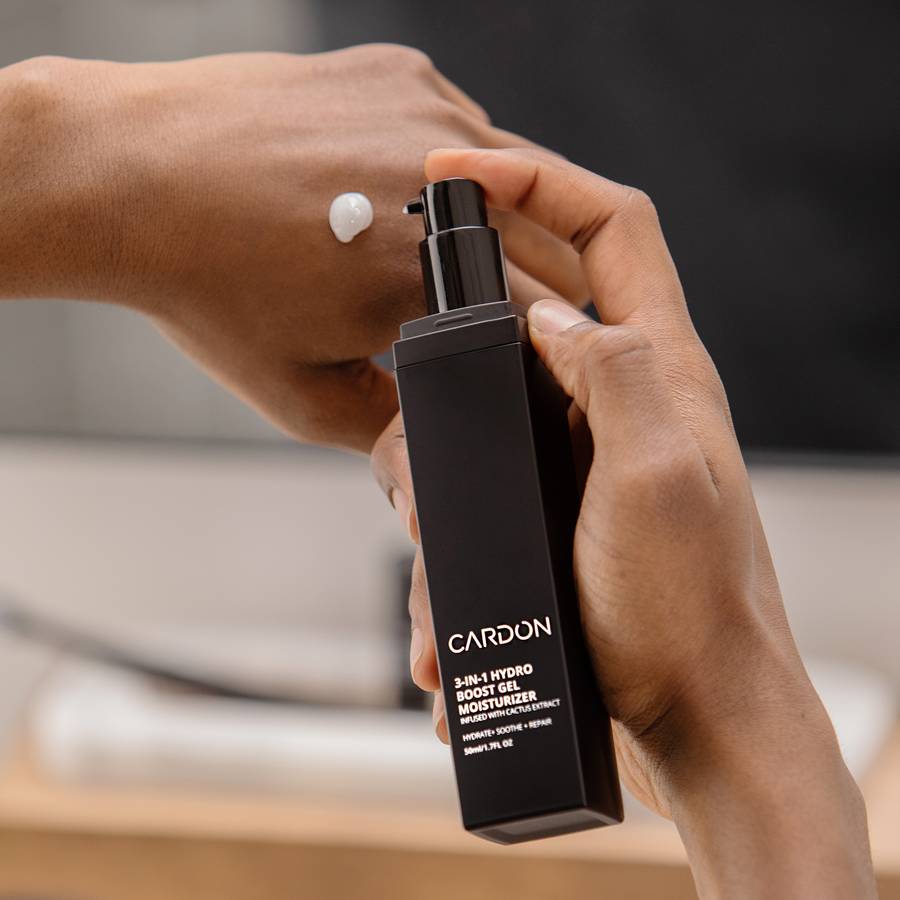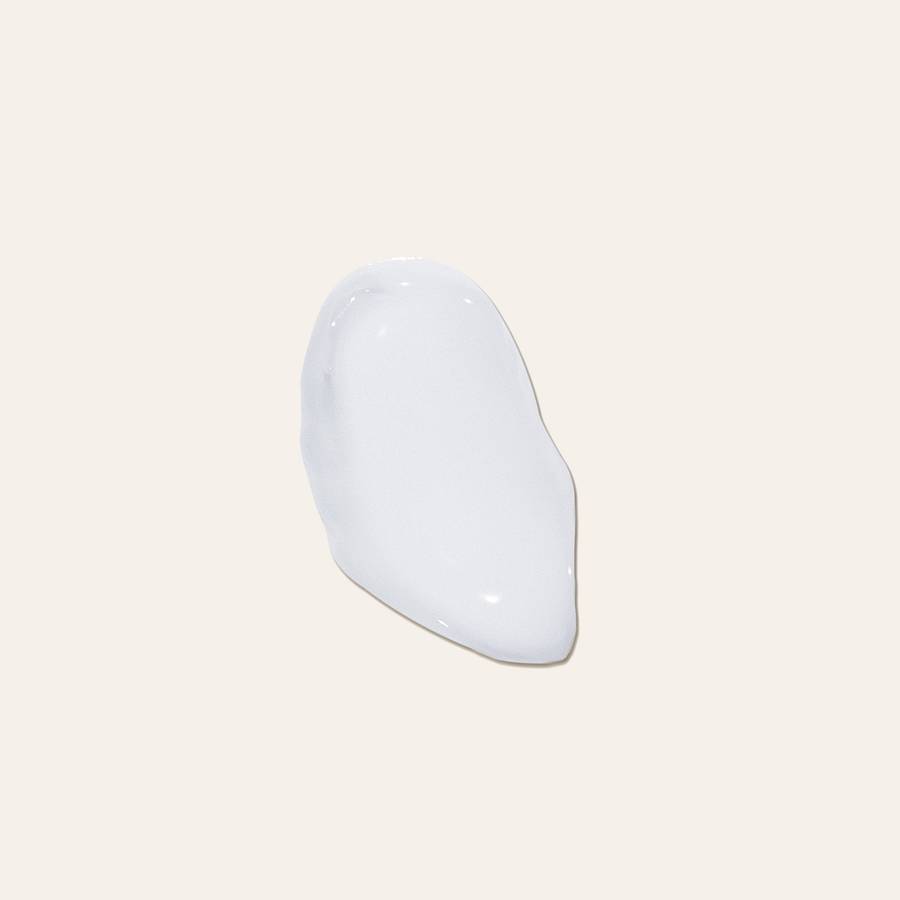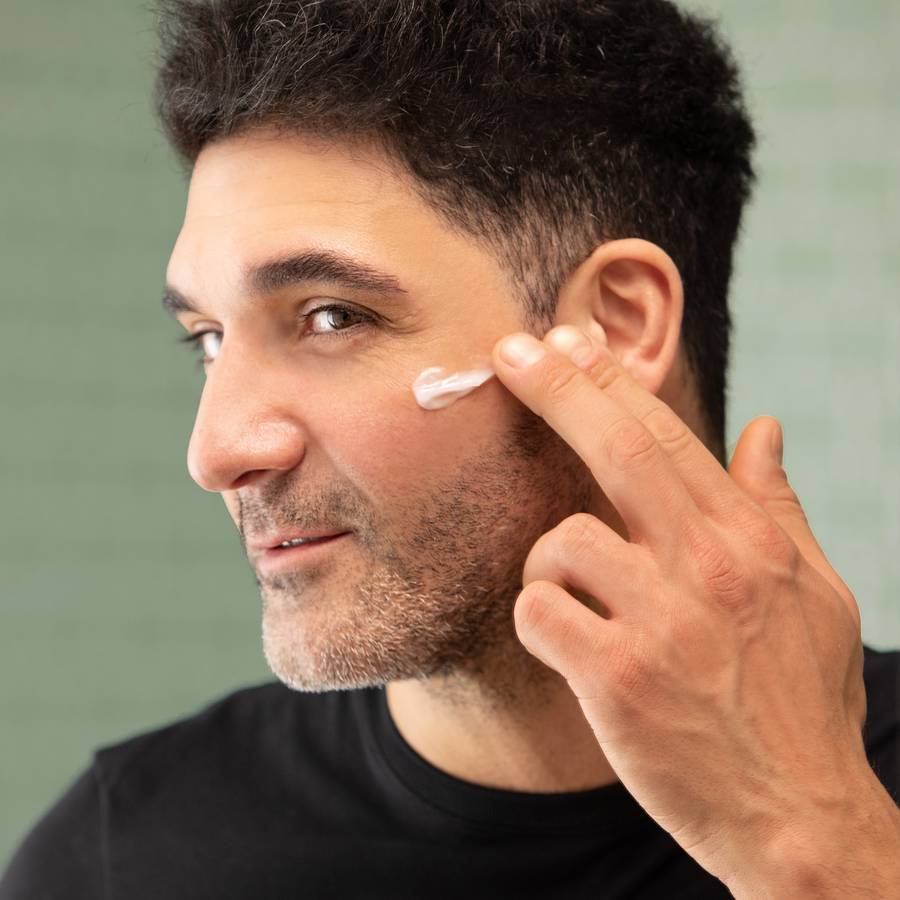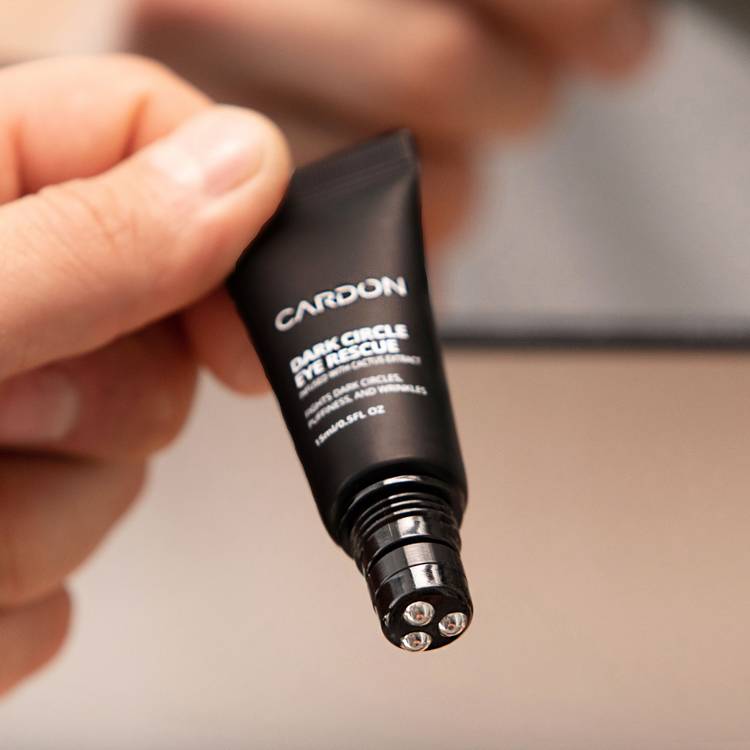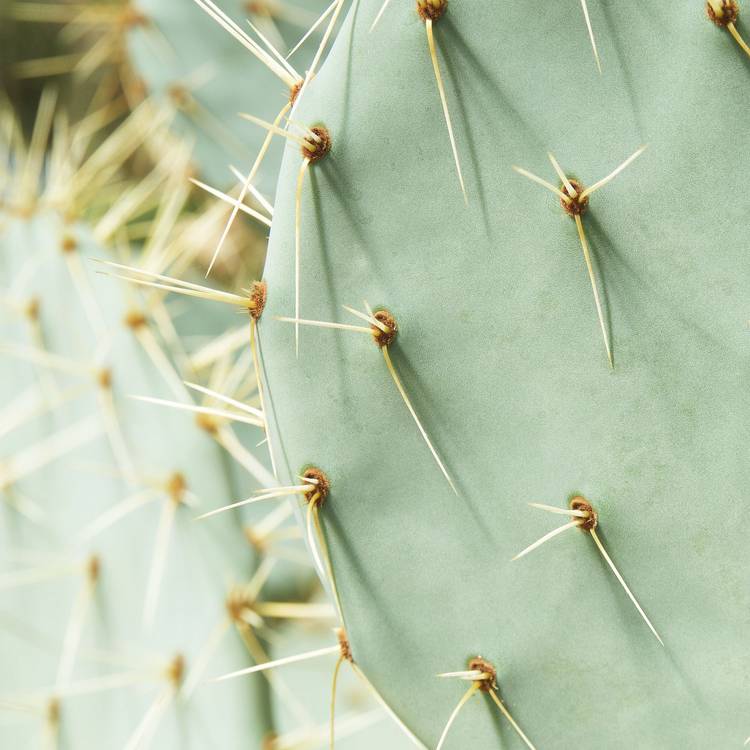How to Grow Out Your Beard
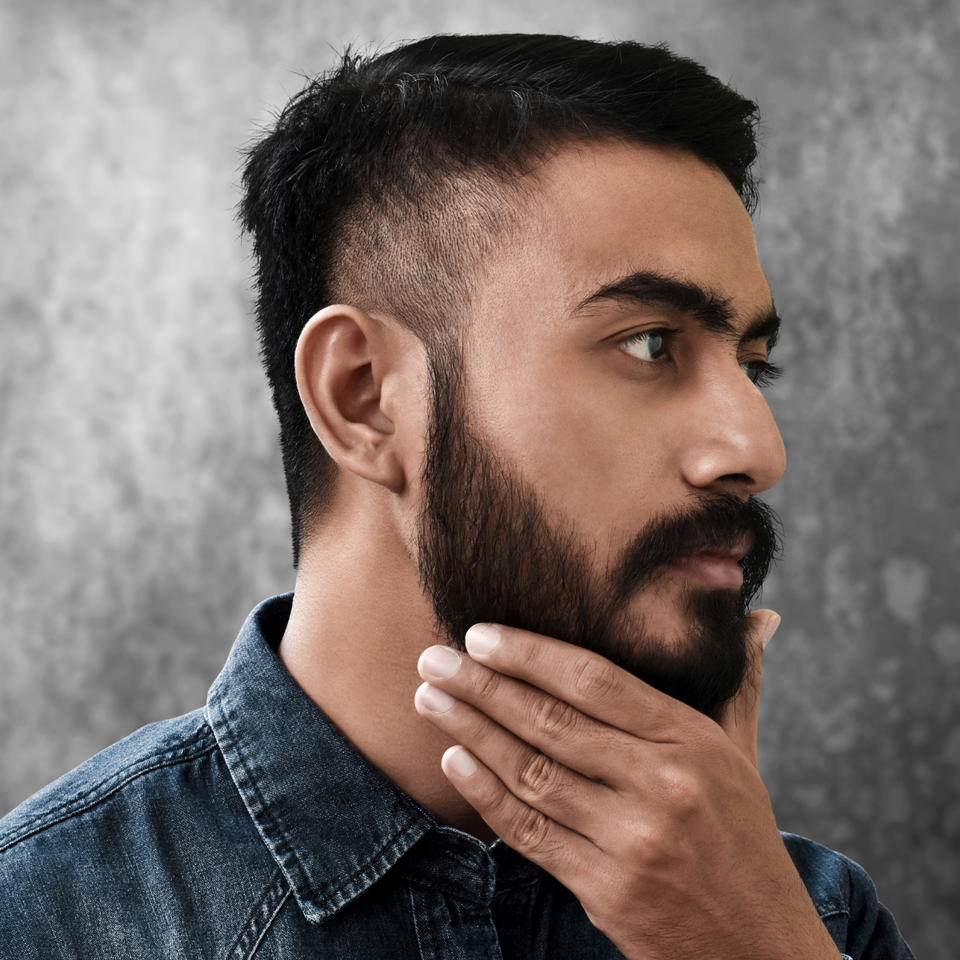
If it seems like everyone else’s beard growth efforts are, well, effortless… just know that this isn’t the case. Sure, there is always the guy who just lets his grow out, and it naturally sprouts thick and full, but lacks any manicuring whatsoever. He isn’t the person to model your beard after. That’s because much of growing a great beard comes from your own intentions and efforts. So, if you are here having searched for how to grow a great beard, then you’re already off to the right start.
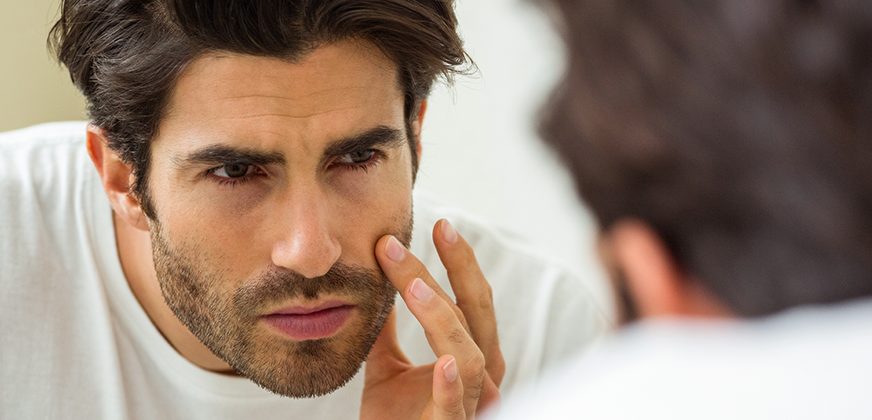
And don’t be discouraged if your beard is patchy. Patchy beards are beards, too, and many of them grow into something quite nice—again, because of the intentionality behind them. That intentionality will go a long way in terms of your own confidence, too: So wear your facial hair with pride, no matter how full or sparse it may be. But one thing we have to remind is this: Stay realistic. If your hairs don’t sprout as plentifully as, say James Harden’s, then you can’t expect to sport a beard as bulky as his. That’s not necessarily a bad thing. Maybe you’re growing a sparser Keanu Reeves-style beard. That’s great too!
With all of that said, here are our tips for growing out a beard.
1. Patience is imperative
Think of how long it takes someone to grow their hair from a buzzcut into a manbun; now, cut that time in half or into quarters, and know that this might be the amount of time it takes to grow your beard into something big and full—if that’s the goal. Similarly, if you have a patchy beard, it’s going to take a couple months or more to grow those hairs out long enough to fill in some patches. And in both scenarios, there are bound to be some awkward stages along the way. You’ll have to endure these, and keep your eyes on the prize. Sometimes, all it takes is one morning, you wake up and realize that the beard has “leveled up” into its next phase of growth. Stay patient.
2. Keep the borders trim
One way to keep things “intentional” is to keep the neckline and cheeklines tidied up as the beard grows. (The cheek line might not be necessary, but even in patchier beards, it can help to make sure that any stray cheek hairs are snipped—anything above the naturally perceptible cheek line.) By drawing these lines and keeping them cleaned up, you are saying to the world “this is the style I’ve chosen, and even if the hairs aren’t where I want them yet, this is how it’s supposed to look right now.” You can use a beard trimmer to draw the lines themselves, and then use an electric shaver or manual razor to shave up the stubble, if the trimmer doesn’t take it down to a perceptibly “naked” length. As for where to draw the neckline: Place two fingers above your Adam’s apple, and mark this “point” with your mind or your trimmer. Draw a “U” shape from the backs of both ears to this point, and trim everything below it.
3. Nourish your beard (and the skin beneath it) along the way
We use conditioner in our hair to prevent it from splitting and breaking, and to keep it soft but strong. While a standard-fare facial cleanser will usually suffice as a beard wash (Cardon’s clay cleanser certainly does), there can still be a big question mark about how to condition the beard in order to prevent things like stiffness, beard itch, split ends, flyaways, as well as beard dandruff underneath the mass of hair. The solution is beard oil, especially in longer beards; a couple drops will go a long way to soften but strengthen all of those hairs, making them much more cooperative to style, while ensuring they stay soft and itchless all the while. It fortifies them for the long haul too (by preventing split ends) and prevents dryness and flakes underneath. If you have a shorter beard, though, then usually an everyday moisturizer will give you the same results, since it will be easy to apply the cream throughout the skin and hairs as you hydrate the rest of your face.
Shop the product
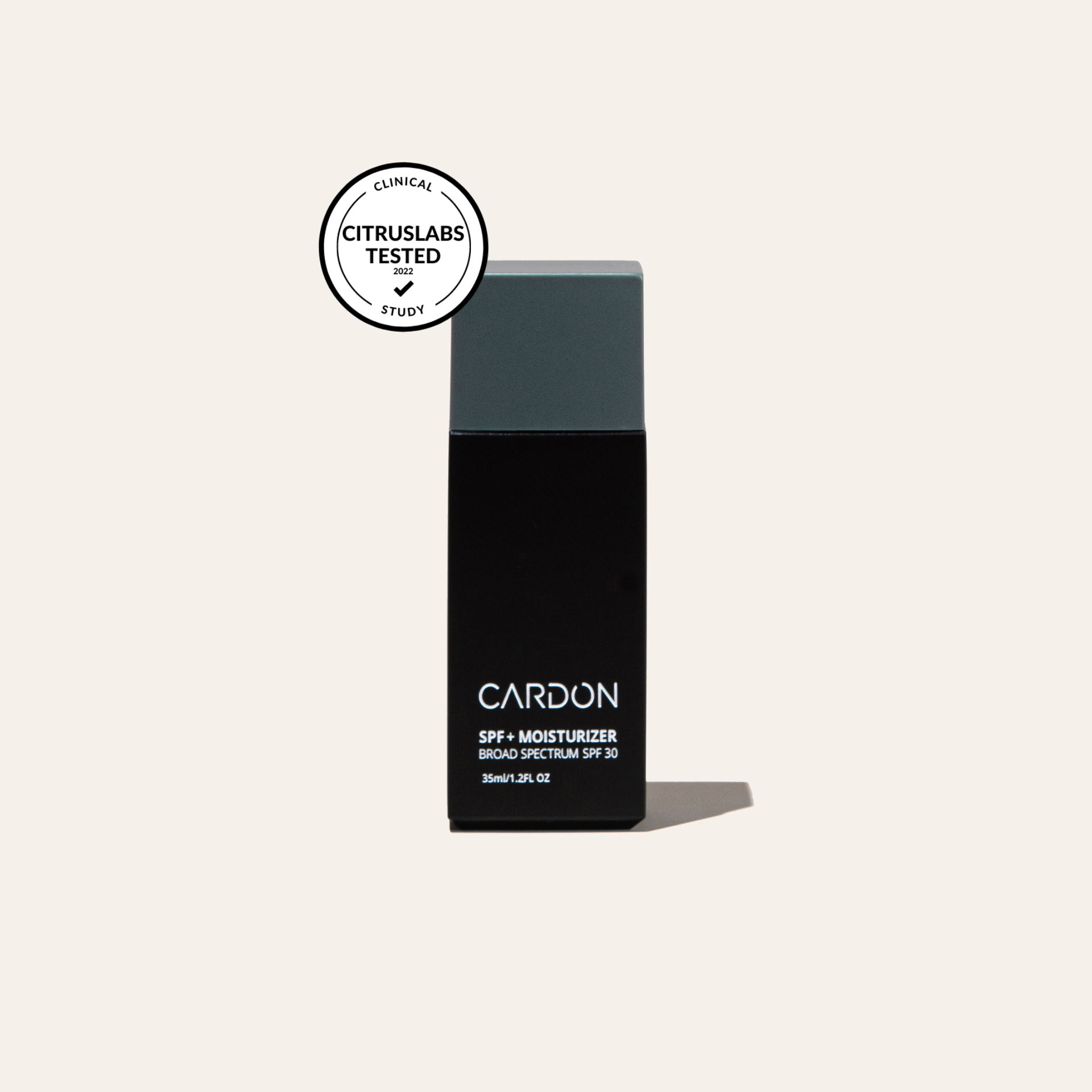
Daily SPF + Moisturizer
$22.00
Shop the product

Hydro Boost Gel Moisturizer
$29.00
4. Use beard-friendly sheet masks
Since you’ve got a bush growing out of the lower third of your face, you can’t exactly wear a full-face sheet mask like everyone else. (Woe is you!) So, if masking is part of your weekly skincare regimen, make sure to buy masks that have the beard portion omitted; this way, the thing actually stays stuck to your face. (Cardon’s beard-friendly bamboo-charcoal sheet masks even have a beard oil vial to help nourish your whiskers and skin beneath as you do the facial treatment.)
5. Don’t limit yourself
In terms of “meeting the beard’s full potential”, we tend to put too much focus on volume and fullness. Try subverting this thought process: Instead, think about the different beard styles you can achieve with your specific growth pattern. Can you pull off a really great goatee a la Brad Pitt? Will you look great with a dense mustache but a much shorter 5-o’clock shadow around the rest of your face? Are you growing a lot of imperceivable blonde/translucent hairs? (If so, consider a beard dye that matches your darker hair tones, and enjoy the sudden fullness; it really transforms your beard style and blows the potential open wide). Simply put: Don’t just focus on growing your hairs as long as possible, or else you limit the many ways that you can express yourself through style. Secondly, if you want to navigate awkward growth stages (which, fortunately, are a lot less awkward than growing out your head hair), then maybe you need to try a specific facial hair style while the proportions grow out better around the rest of your face. We suggest asking your barber for advice.
6. Remember geometry and the rule of contrasts
Two of the best lessons you can have in terms of beard growth pertain to aesthetics. You want to wear something that flatters you—it’s the same reason a simple haircut can transform your appearance entirely; it often boils down to framing and geometry. So:
Geometry: Consider your face shape. If it’s oval, then you’ve got what we consider “the most flattering face shape”, in terms of its natural ability to sport any type of hair style and beard style. However, the more squared-off your face becomes, you want to utilize a beard to help soften the jaw and add an oval-like roundness effect. Next, if your face is wider than most; wear a beard that feels longer underneath, as opposed to adding any width on the sides. (Keep the sides very trim.) Conversely, if you have a “long” or rectangular face, then wear the beards fuller but keep the bottom short; this will add roundness without further elongating the face. We don’t say any of this to suggest that only oval shapes are great (how silly would that be?). Rather, make sure that your beard doesn’t multiply whatever geometry your face already expresses, because that’s exactly what it will do to the passing eye. And then it looks unflattering, fast.
Contrasts: This one refers to the hair up top your head. If it’s buzzed, then be careful not to have the same beard length down below, or else you risk looking like a tennis ball. You want there to be a contrast of lengths between top and bottom. That might mean buzzing your hair to a barely-there clip for a week or two as the bottom grows out more—and only at that point. Even if you have the “tennis ball” for a week or so, that’s fine; just wear a hat and grow one of the two out longer than the other from there.
Shop the collection

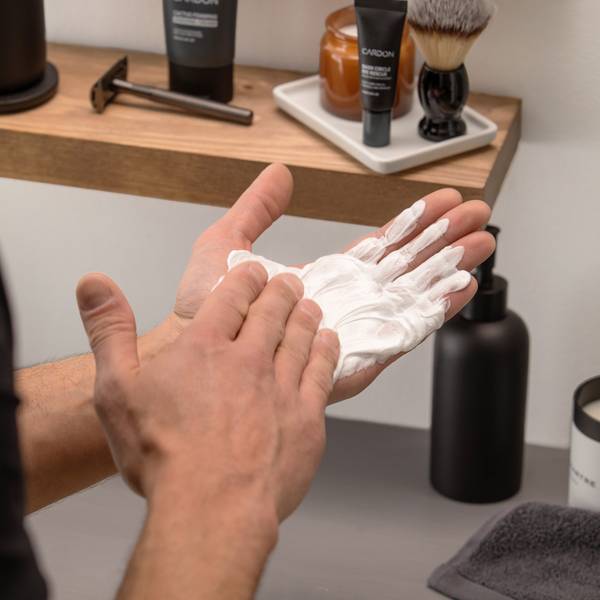
Cactus Foaming Shaving Cream
good for:
This bathroom cabinet staple is a cut above the rest. The Cactus Foaming Shaving Cream for men delivers a close, comfortable shave every time—without having to worry about nicks, razor burns, irritation, and ingrowns.
Our rich foam uses Cactus Extract and Chamomile to create a cushion-like layer to soothe the skin. Plus, you’ll shave some time since this also doubles as a face cleanser.
Due to demand, this product is temporarily out of stock. Click "Notify Me" below to be the first to know when it's back!
Cactus Foaming Shaving Cream
good for:
This bathroom cabinet staple is a cut above the rest. The Cactus Foaming Shaving Cream for men delivers a close, comfortable shave every time—without having to worry about nicks, razor burns, irritation, and ingrowns.
Our rich foam uses Cactus Extract and Chamomile to create a cushion-like layer to soothe the skin. Plus, you’ll shave some time since this also doubles as a face cleanser.
Due to demand, this product is temporarily out of stock. Click "Notify Me" below to be the first to know when it's back!
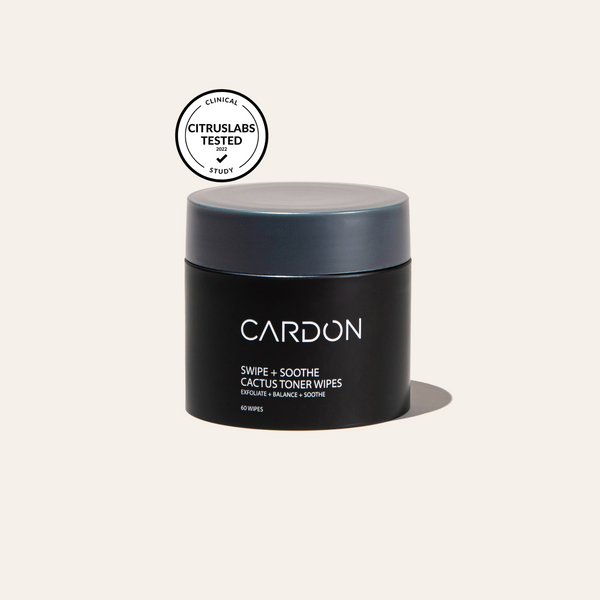
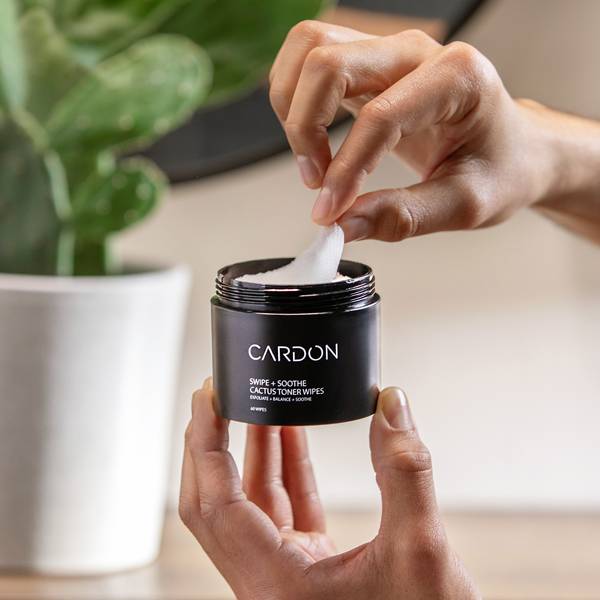
Exfoliating Facial Toner Wipes
good for:
After a long, busy day you just want to sit back, relax, and crack open—our biodegradable Exfoliating Facial Toner Wipes.
Wipe the stress and grime away with our Exfoliating Facial Toner Wipes, which use PHAs and caffeine to unclog pores, balance pH, and soothe the skin all in one easy step. No water needed.
Due to demand, this product is temporarily out of stock. Click "Notify Me" below to be the first to know when it's back!
Exfoliating Facial Toner Wipes
good for:
After a long, busy day you just want to sit back, relax, and crack open—our biodegradable Exfoliating Facial Toner Wipes.
Wipe the stress and grime away with our Exfoliating Facial Toner Wipes, which use PHAs and caffeine to unclog pores, balance pH, and soothe the skin all in one easy step. No water needed.
Due to demand, this product is temporarily out of stock. Click "Notify Me" below to be the first to know when it's back!
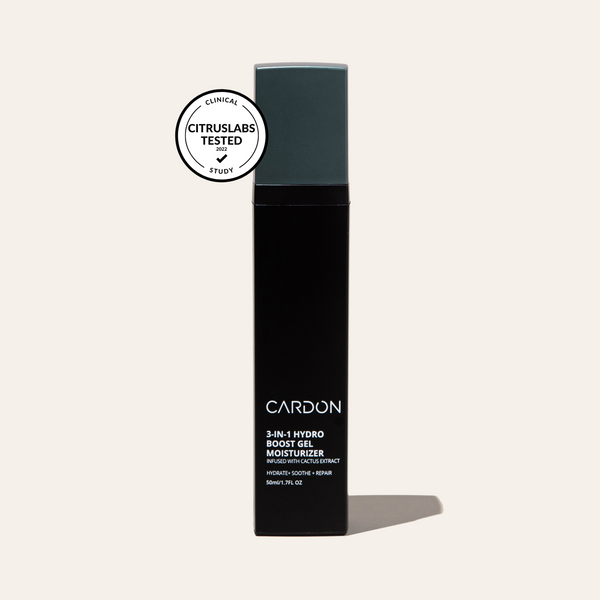

Hydro Boost Gel Moisturizer
good for:
Like a night cap for your skin, our Hydro Boost Gel Moisturizer is the ideal way to finish your evening.
This 3-in-1 gel moisturizer uses Cactus Extract and Rosehip Oil to put in the work while you snooze—hydrating, soothing, and repairing your skin all night long.
“This easily became part of my nightly routine. I've started to notice my face looking healthier and smoother. As a 32 y/o, you start to notice wrinkles creeping in, this helps me keep them at bay.” - Andrew S.
Hydro Boost Gel Moisturizer
good for:
Like a night cap for your skin, our Hydro Boost Gel Moisturizer is the ideal way to finish your evening.
This 3-in-1 gel moisturizer uses Cactus Extract and Rosehip Oil to put in the work while you snooze—hydrating, soothing, and repairing your skin all night long.
“This easily became part of my nightly routine. I've started to notice my face looking healthier and smoother. As a 32 y/o, you start to notice wrinkles creeping in, this helps me keep them at bay.” - Andrew S.

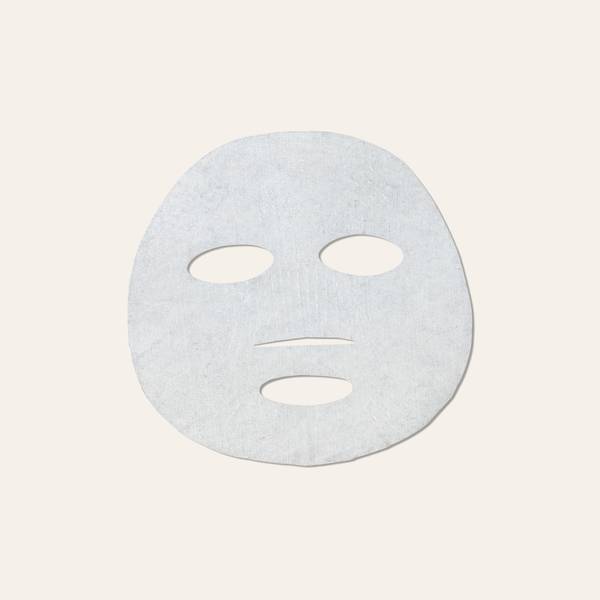
Cactus Soothing Face Mask
good for:
Everyone deserves some self-care time—may we recommend Cactus Soothing Face Mask and chill?
This immediate hydration boost is supercharged with healing ingredients like Cactus Extract and Cica to soothe redness and irritation while reducing fine lines. Perfect for a post-shave treatment or whenever you need a moment for you.
“Stress and late nights working have left my skin looking a bit rough, but this mask was perfect for some at-home spa relaxation. My skin definitely looks a lot more moisturized and refreshed.” - Melody C.
Cactus Soothing Face Mask
good for:
Everyone deserves some self-care time—may we recommend Cactus Soothing Face Mask and chill?
This immediate hydration boost is supercharged with healing ingredients like Cactus Extract and Cica to soothe redness and irritation while reducing fine lines. Perfect for a post-shave treatment or whenever you need a moment for you.
“Stress and late nights working have left my skin looking a bit rough, but this mask was perfect for some at-home spa relaxation. My skin definitely looks a lot more moisturized and refreshed.” - Melody C.
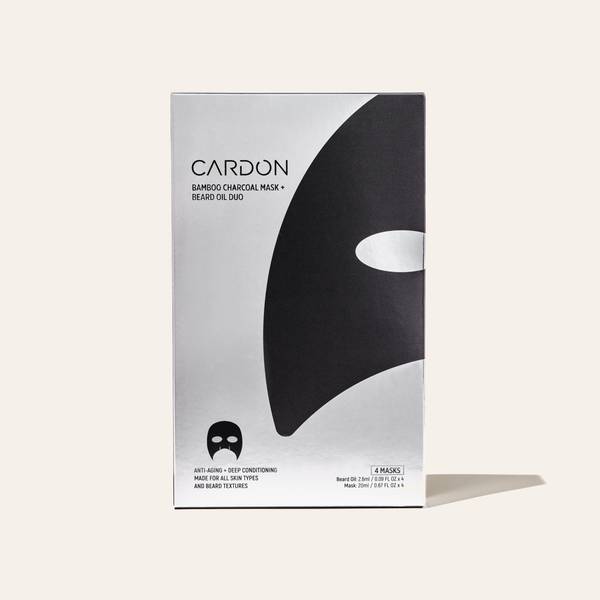
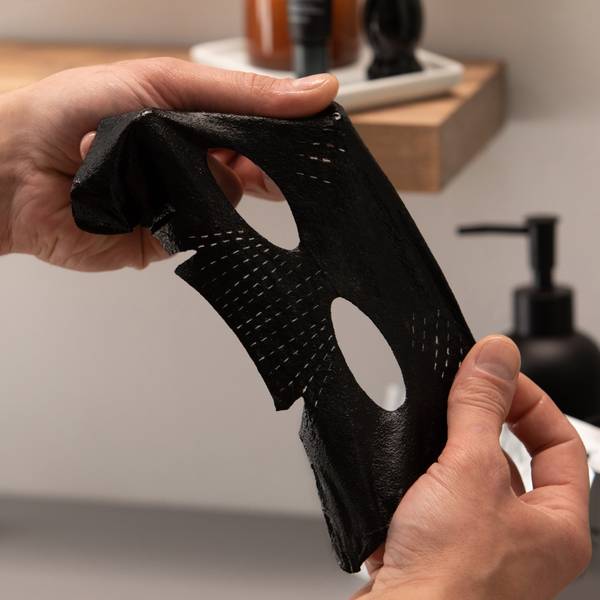
GIFT
Bamboo Charcoal Sheet Mask + Beard Oil
good for:
Often imitated, never duplicated, this innovative sheet mask is the first of its kind and an Ask Men Grooming award winner in the Best Sheet Mask category!
Half mask, half beard treatment, the Bamboo Charcoal Sheet Mask + Beard Oil gives each section of skin (and beard) just what it needs: A detoxifying, hydrating charcoal-infused mask for your skin and a nourishing beard oil blend for the ultimate beard care. Plus, the mask is designed with expandable nose slits to fit any face size and shape.
“I really enjoyed this face mask from Cardon. The beard oil applies easily and the half mask for your cheeks, nose, and forehead fits well and stays in place. My skin looks and feels great after removing the mask. Well done, Cardon!” - Tyler S.
Bamboo Charcoal Sheet Mask + Beard Oil
good for:
Often imitated, never duplicated, this innovative sheet mask is the first of its kind and an Ask Men Grooming award winner in the Best Sheet Mask category!
Half mask, half beard treatment, the Bamboo Charcoal Sheet Mask + Beard Oil gives each section of skin (and beard) just what it needs: A detoxifying, hydrating charcoal-infused mask for your skin and a nourishing beard oil blend for the ultimate beard care. Plus, the mask is designed with expandable nose slits to fit any face size and shape.
“I really enjoyed this face mask from Cardon. The beard oil applies easily and the half mask for your cheeks, nose, and forehead fits well and stays in place. My skin looks and feels great after removing the mask. Well done, Cardon!” - Tyler S.

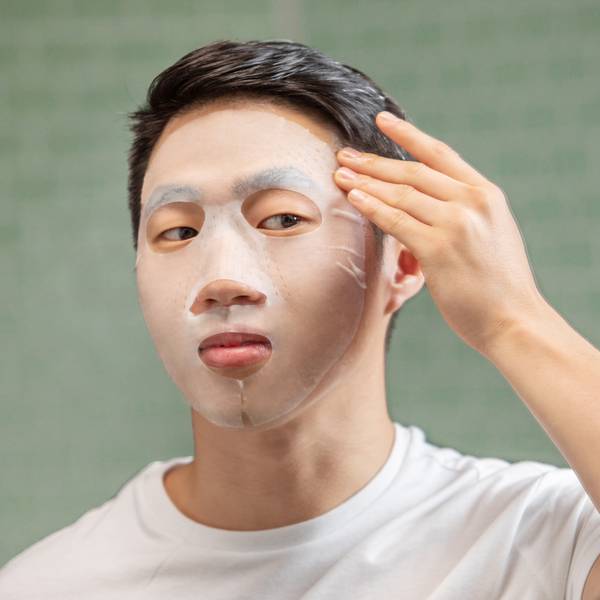
Dry Skin Set
good for:
Skin feeling a bit thirsty? The Dry Skin Set was crafted specifically for those with a dry skin type.
If you deal with flakiness, dull complexion, visible fine lines, red patches, or any combination of the above, this set was made for you. This is all you need to hydrate your skin—and keep it hydrated.
Includes Steps:
- 01
- 02 Dark Circle Eye Rescue
- 03 Daily SPF + Moisturizer
- 04 Hydro Boost Gel Moisturizer
- 05 Cactus Soothing Face Mask
Never go empty! Subscribe + Save 15%
Dry Skin Set
good for:
Skin feeling a bit thirsty? The Dry Skin Set was crafted specifically for those with a dry skin type.
If you deal with flakiness, dull complexion, visible fine lines, red patches, or any combination of the above, this set was made for you. This is all you need to hydrate your skin—and keep it hydrated.
Includes Steps:
- 01
- 02 Dark Circle Eye Rescue
- 03 Daily SPF + Moisturizer
- 04 Hydro Boost Gel Moisturizer
- 05 Cactus Soothing Face Mask
Never go empty! Subscribe + Save 15%
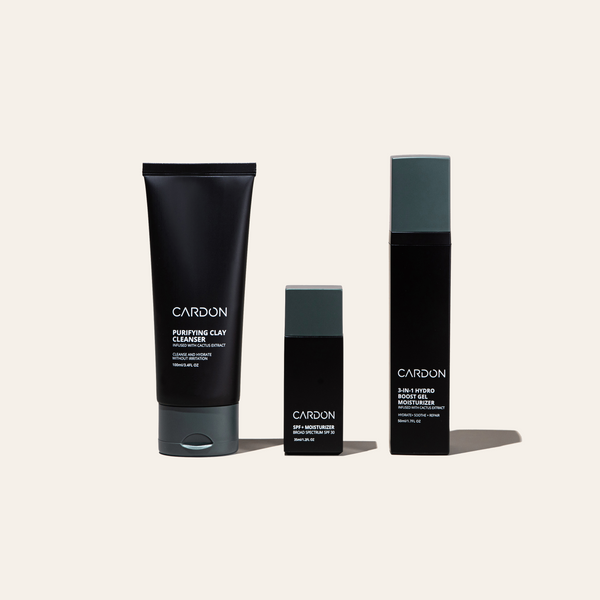
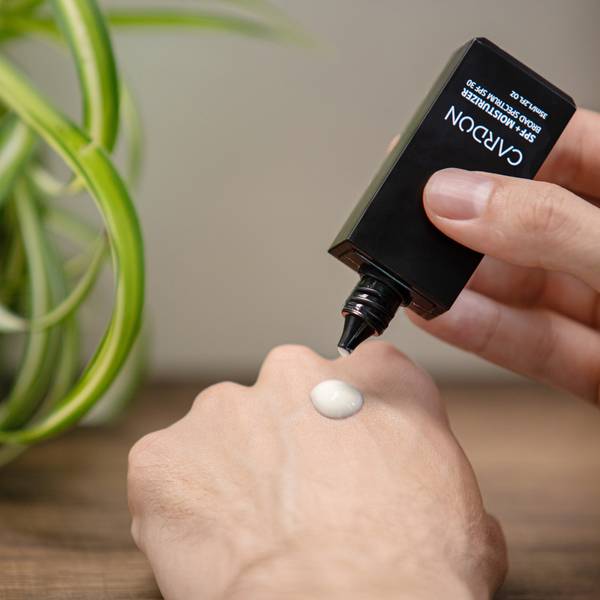
Beginners
Essentials Skincare Set
good for:
Everything you need, nothing you don’t—the Essentials Set is your skincare starter pack. Just cleanse, moisturize, and protect. We took the guesswork out of developing a skincare routine. This is all you need for everyday skin health.
Includes Steps:
- 01 Purifying Clay Cleanser
- 02 Daily SPF + Moisturizer
- 03 Hydro Boost Gel Moisturizer
Never go empty! Subscribe + Save 15%
Essentials Skincare Set
good for:
Everything you need, nothing you don’t—the Essentials Set is your skincare starter pack. Just cleanse, moisturize, and protect. We took the guesswork out of developing a skincare routine. This is all you need for everyday skin health.
Includes Steps:
- 01 Purifying Clay Cleanser
- 02 Daily SPF + Moisturizer
- 03 Hydro Boost Gel Moisturizer
Never go empty! Subscribe + Save 15%
Cardon Products Are
Easy to Use
We never create two products when we can achieve the same results with one. Cardon products are designed to be easy to use every day.
Backed By Korean Innovation
Korean R&D is two decades ahead of the rest of the world. Cardon products use the highest quality, most effective ingredients out there.
Non-Toxic
Finally, an ingredient label you can feel good about. Every ingredient in Cardon products is good for your skin, and easy on the mind.
